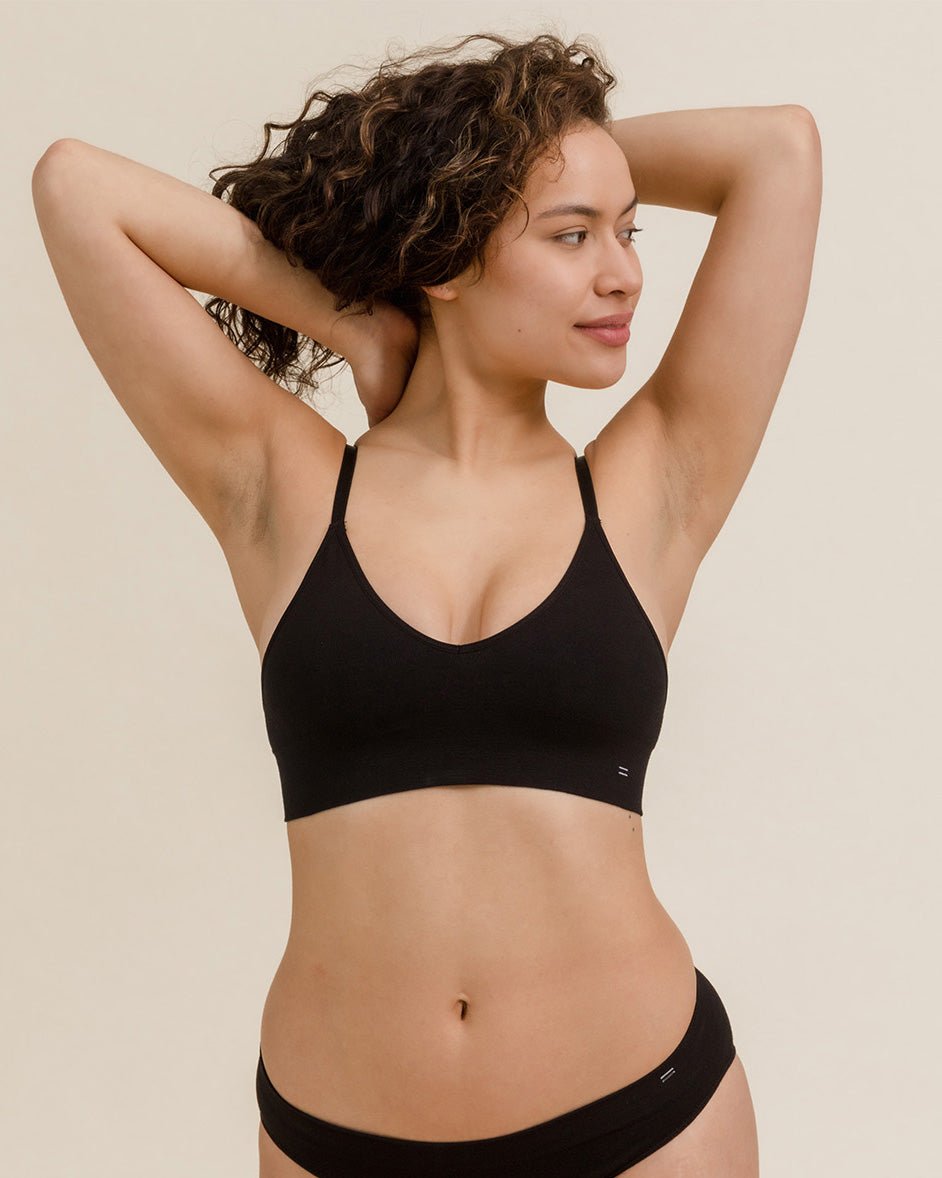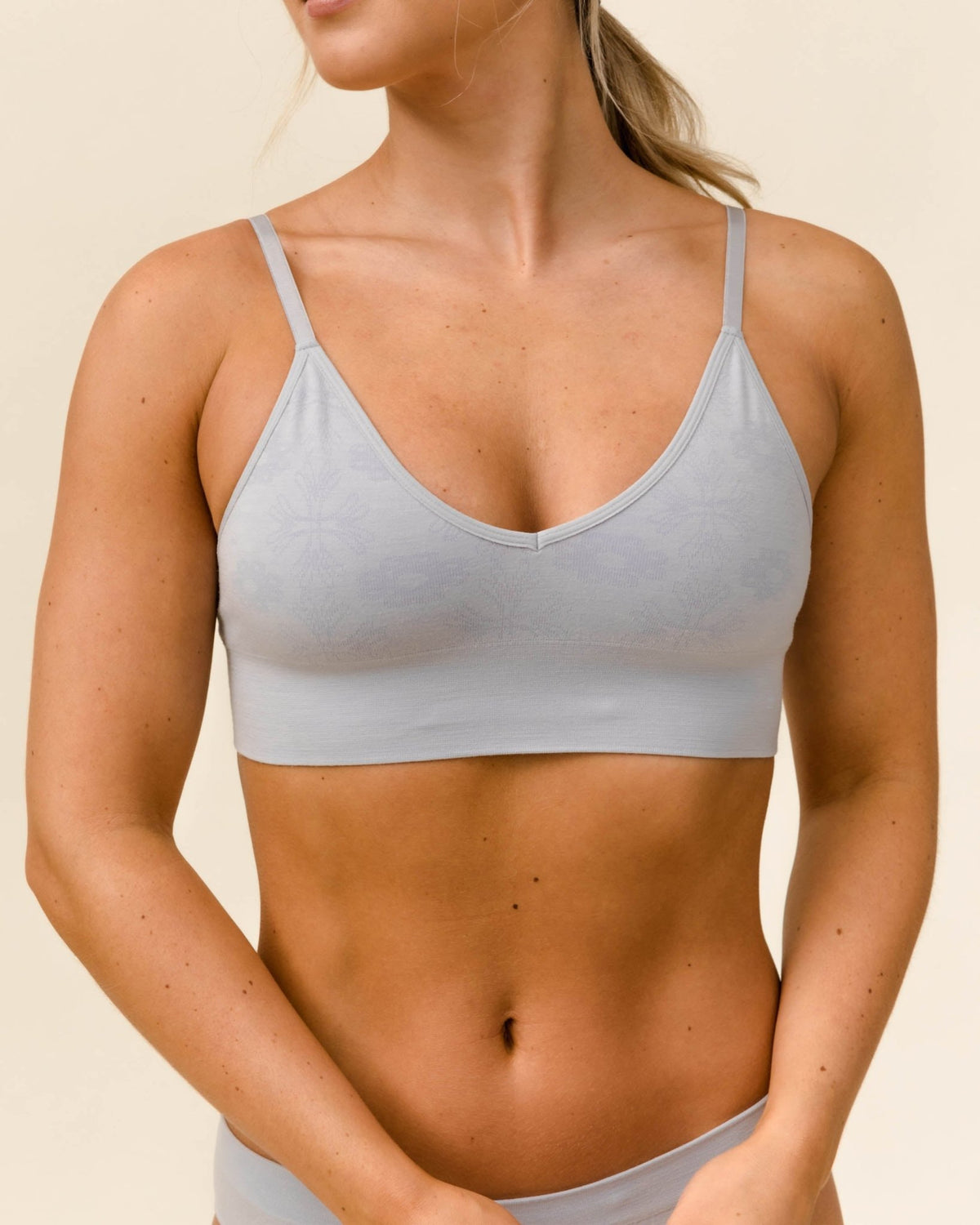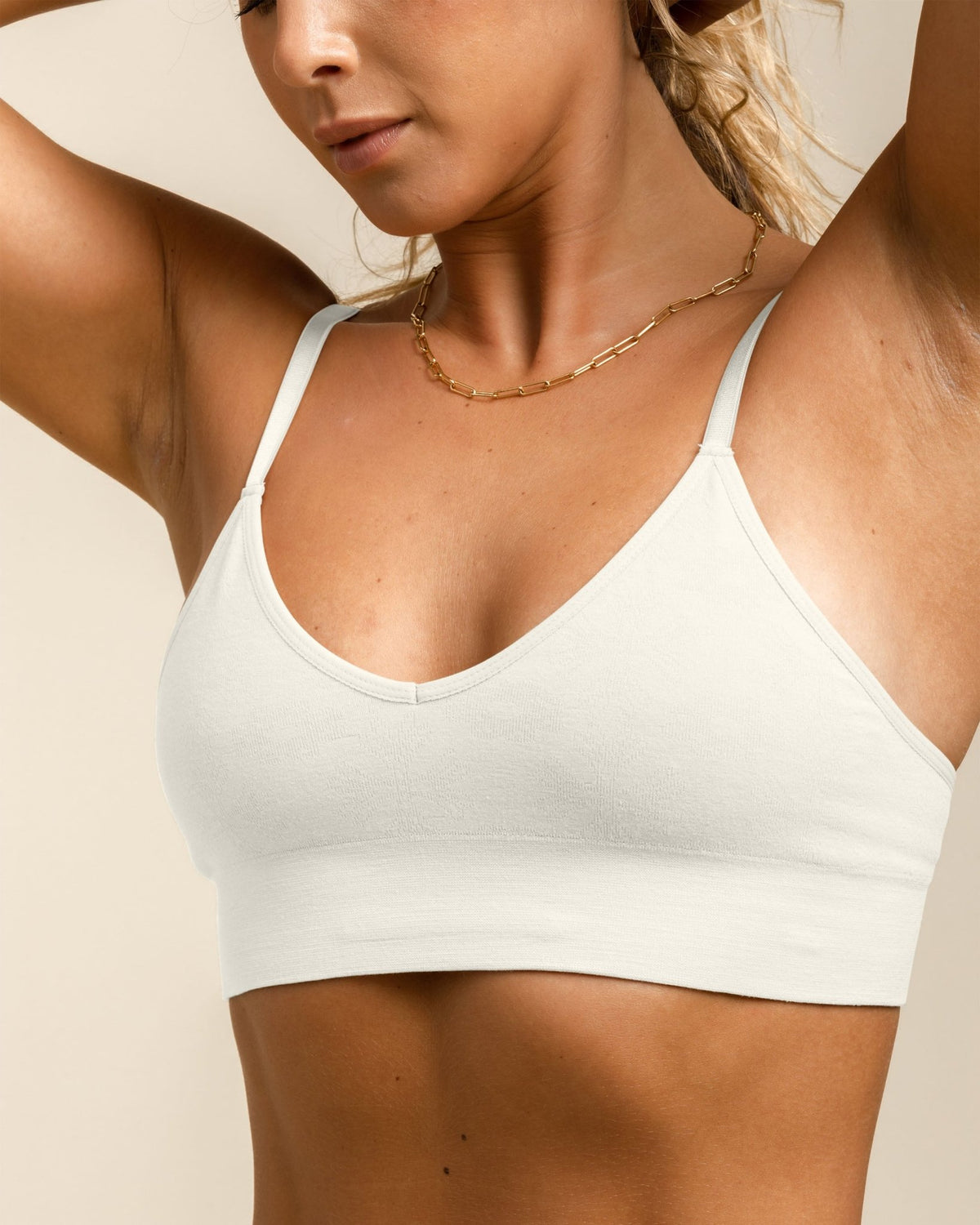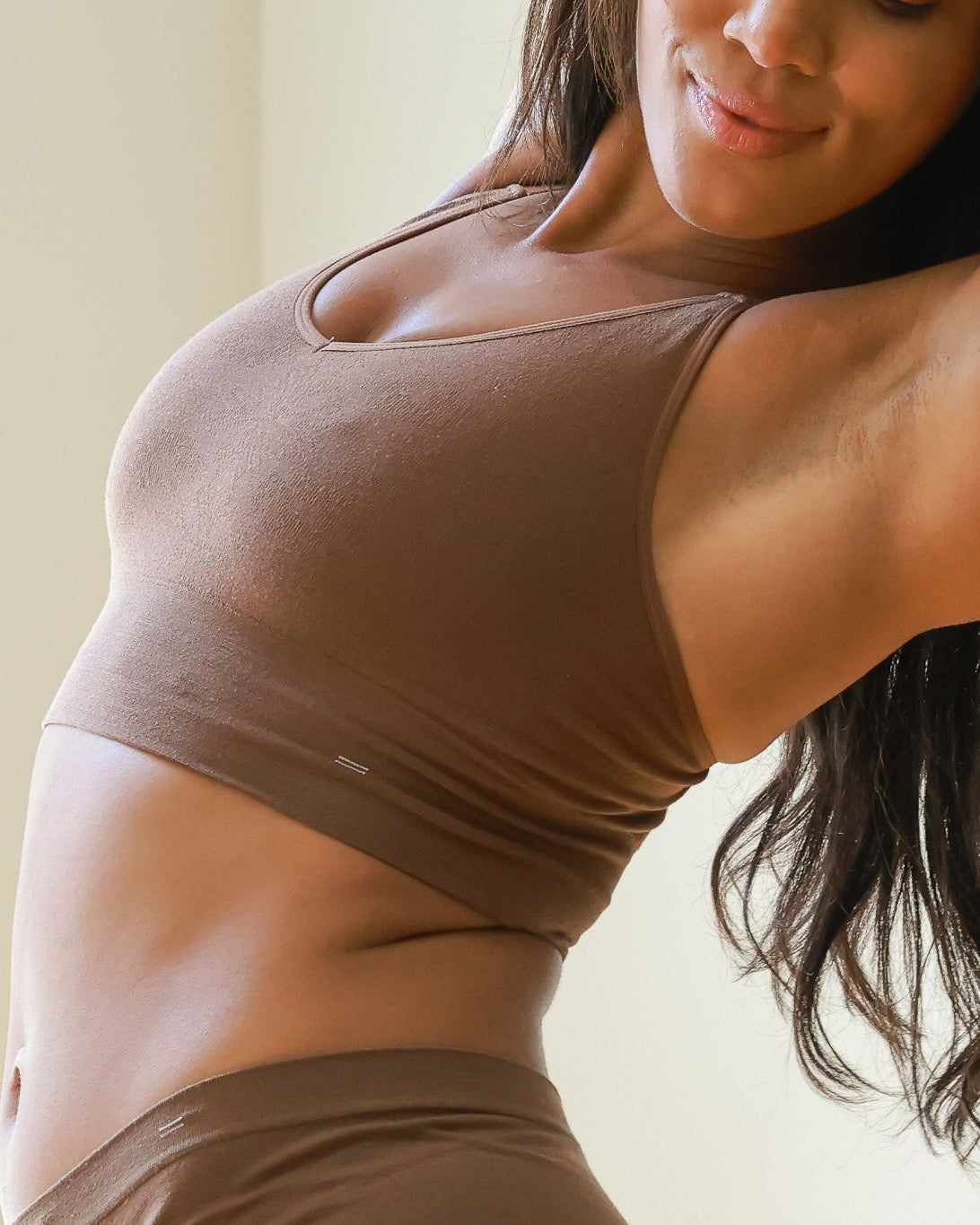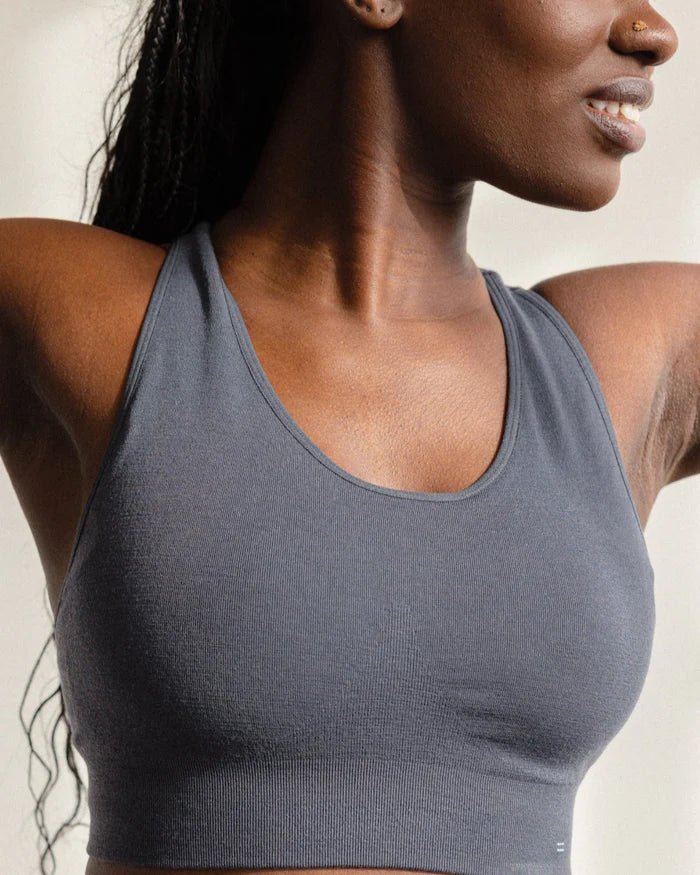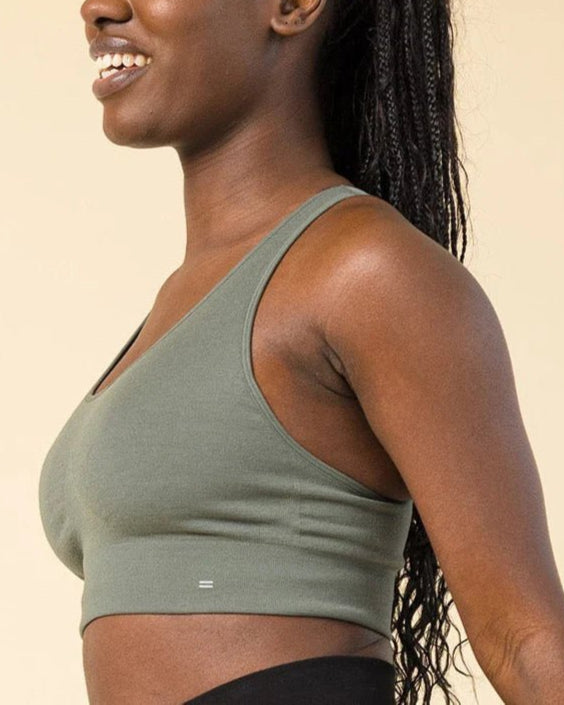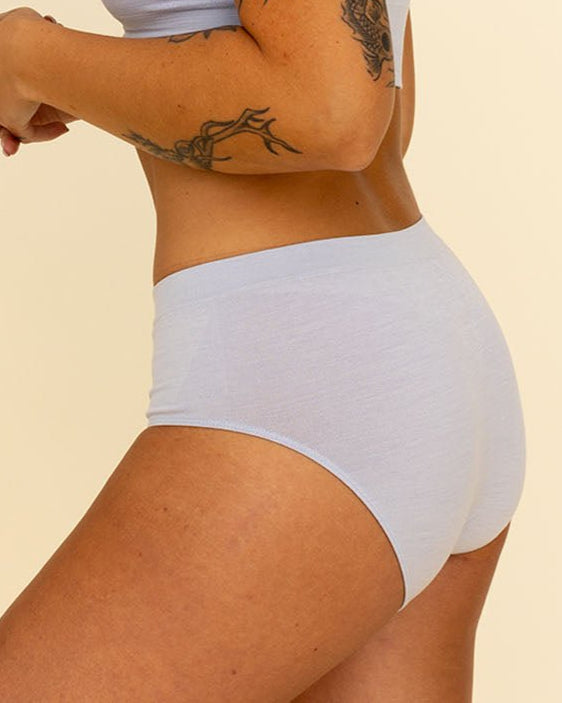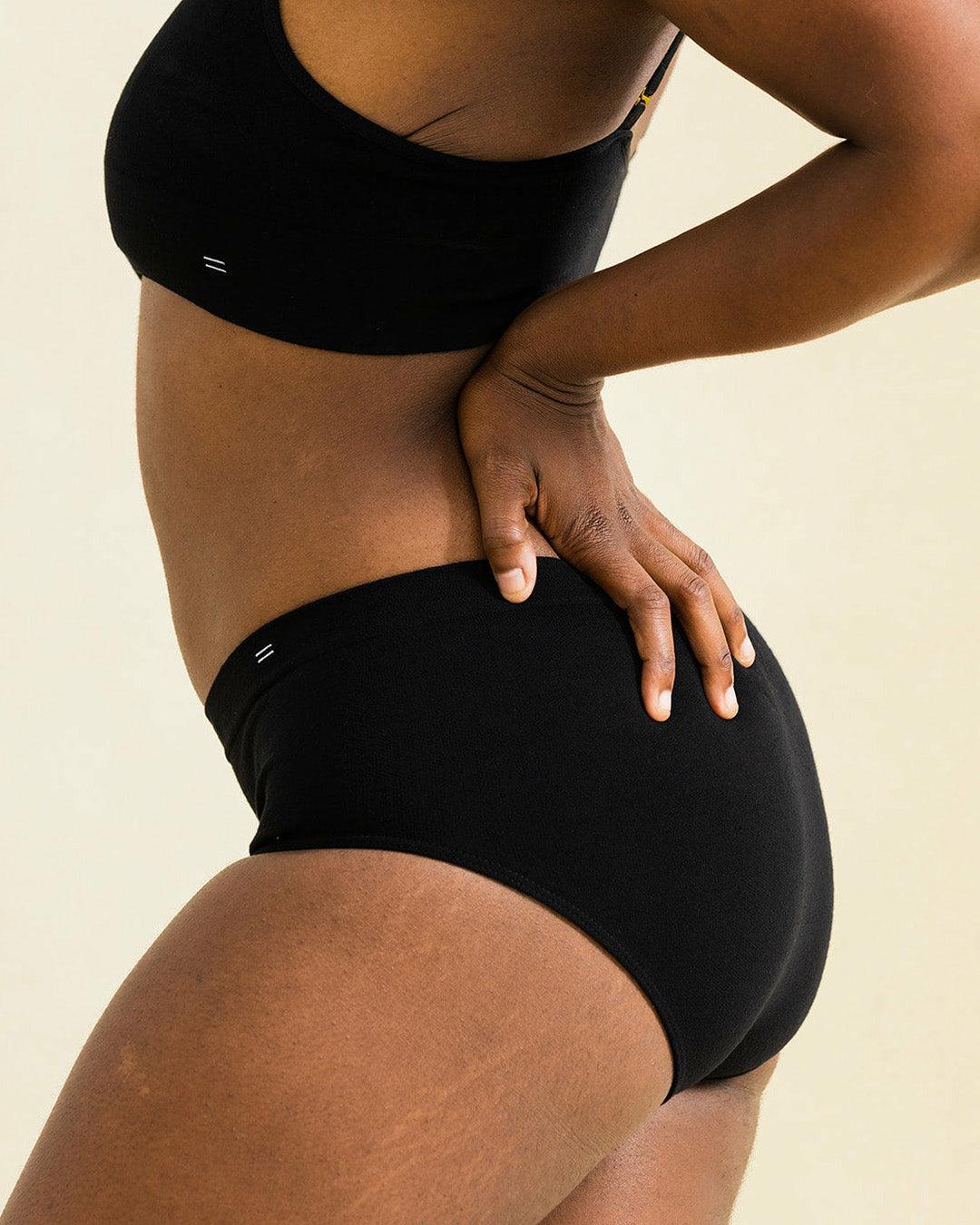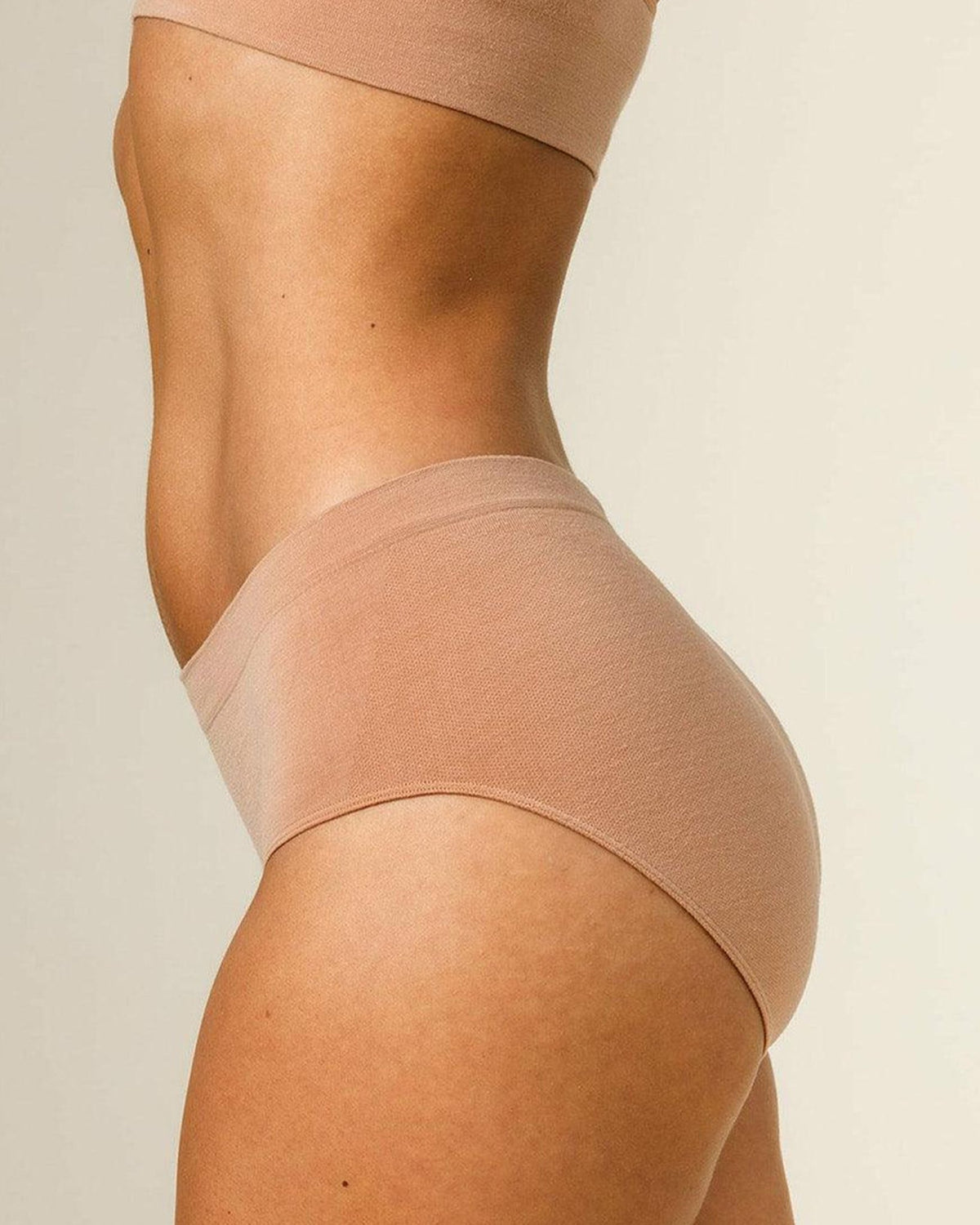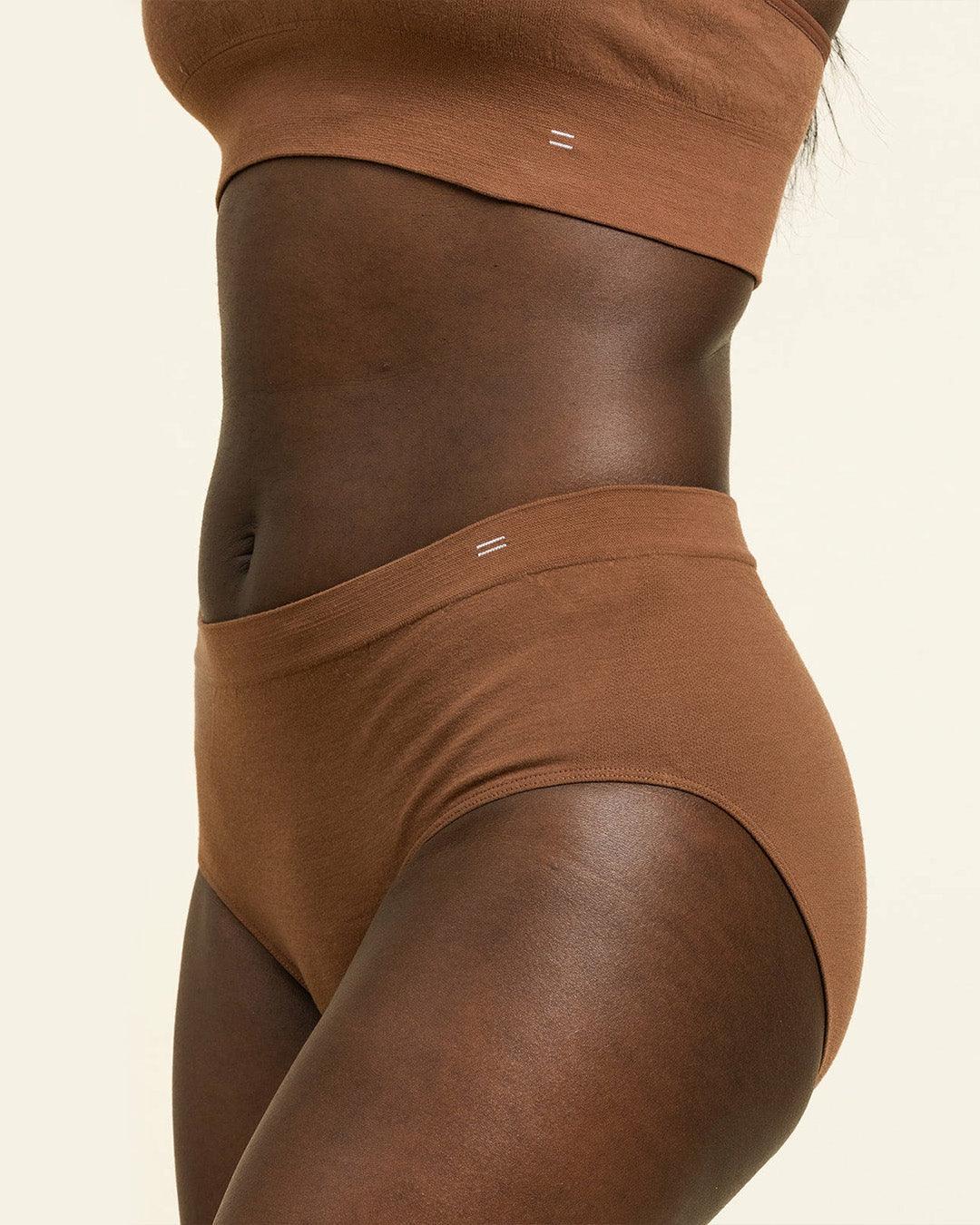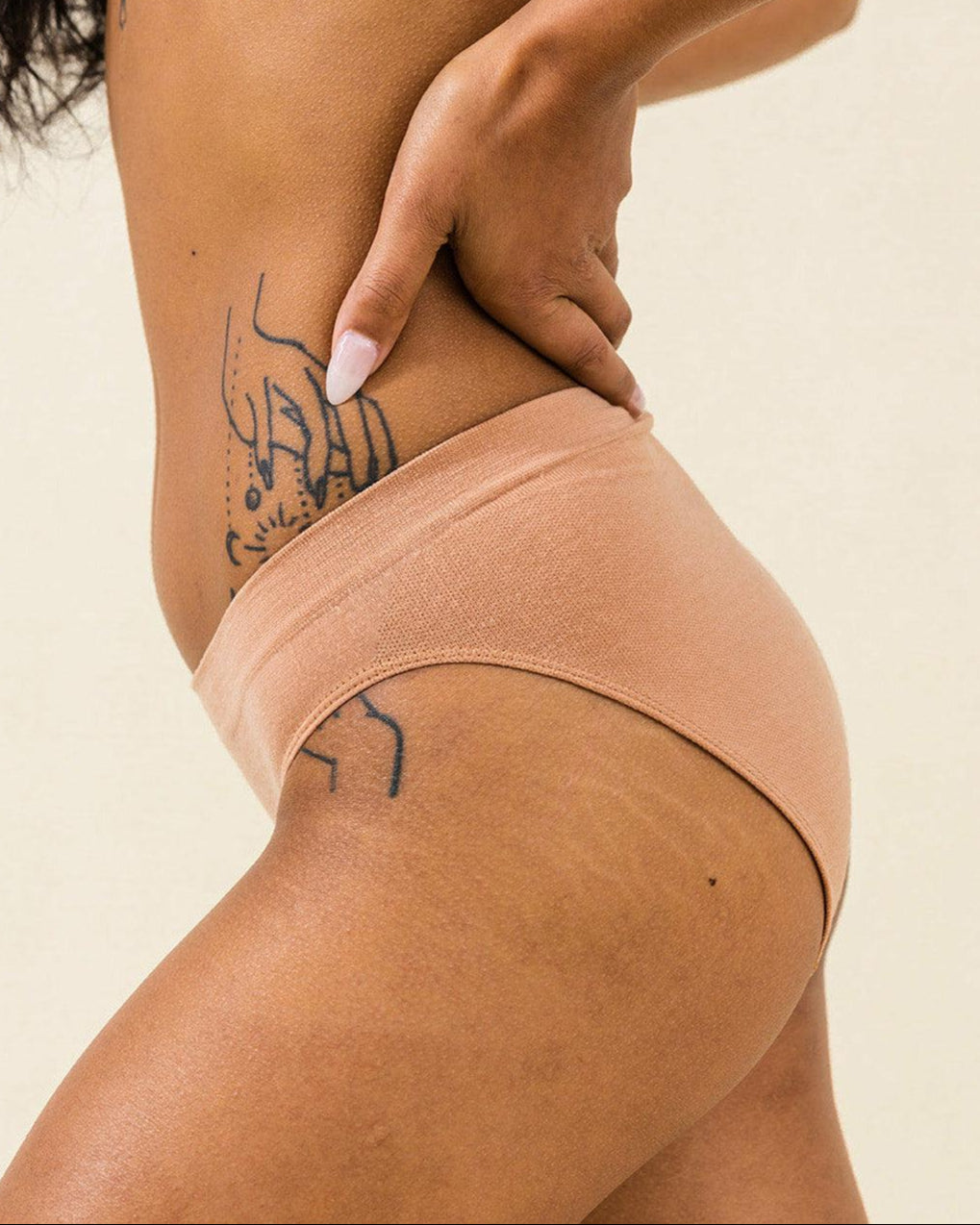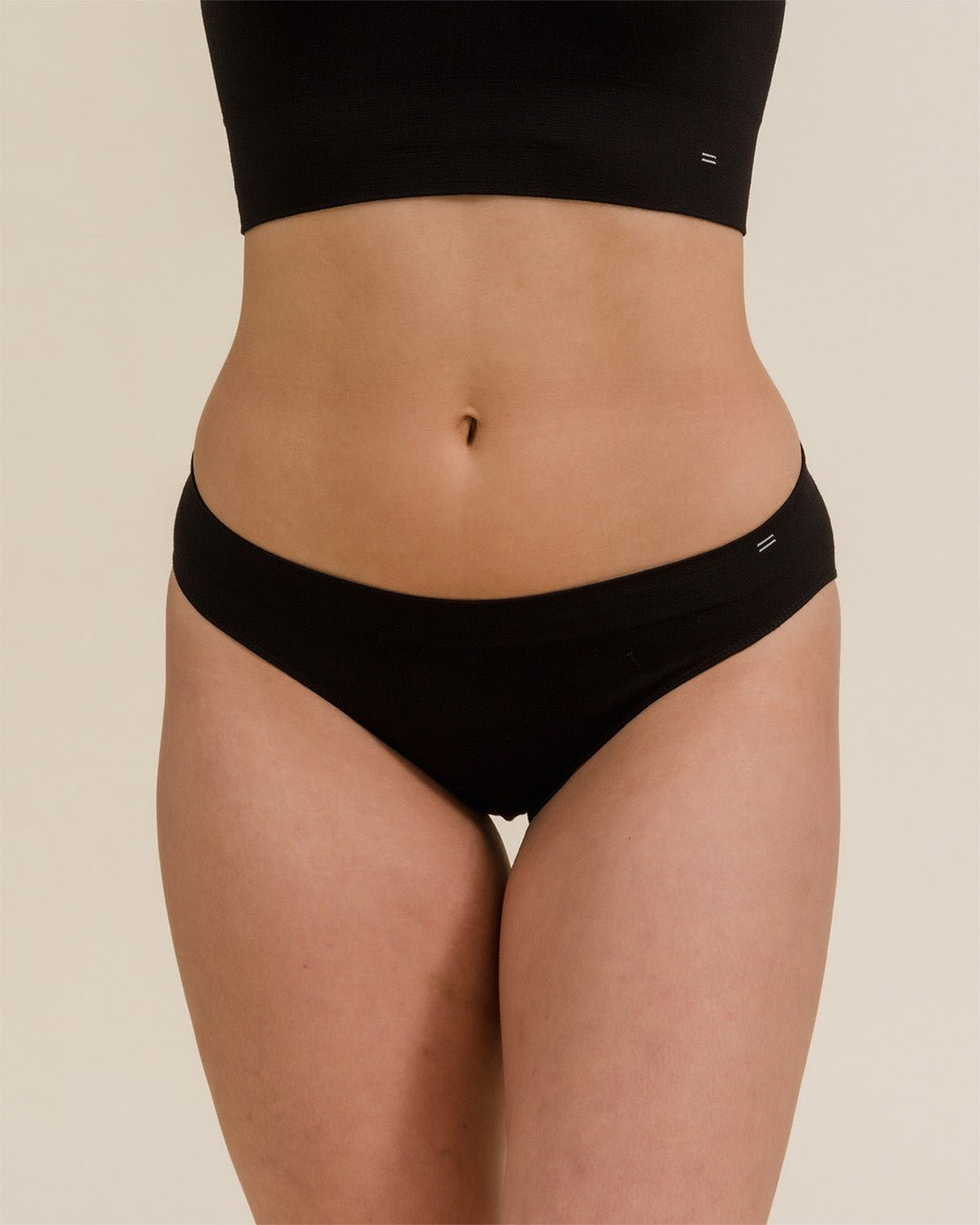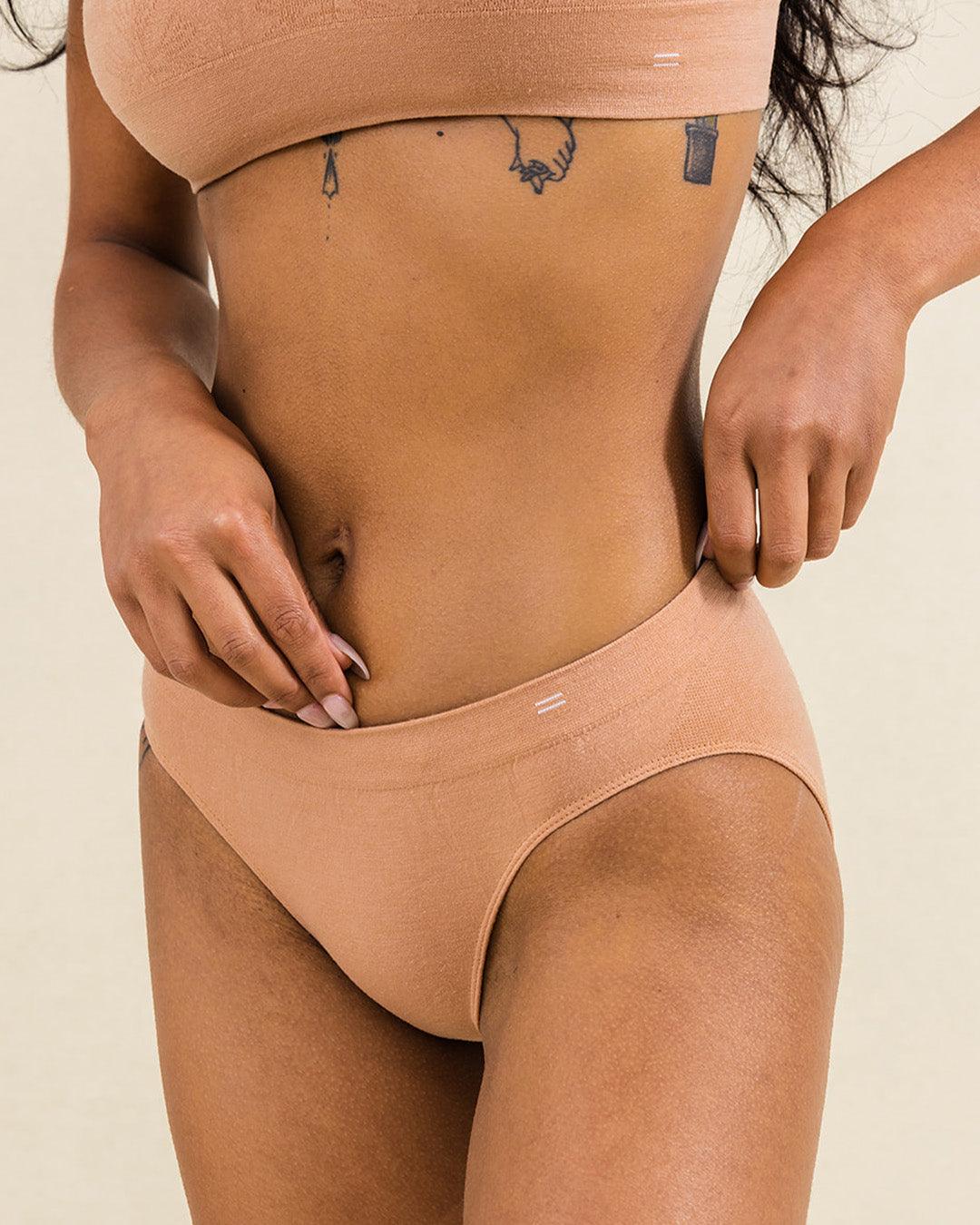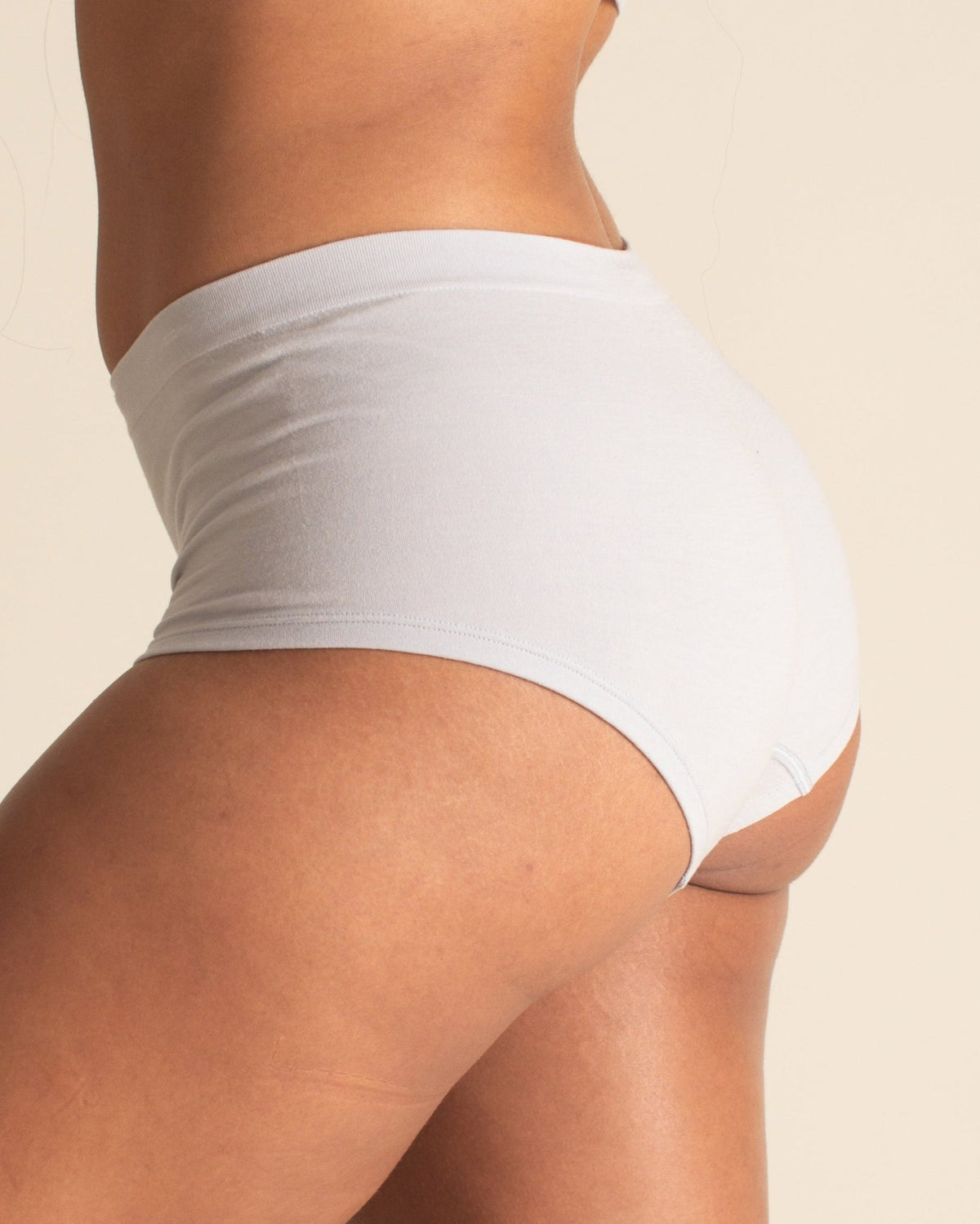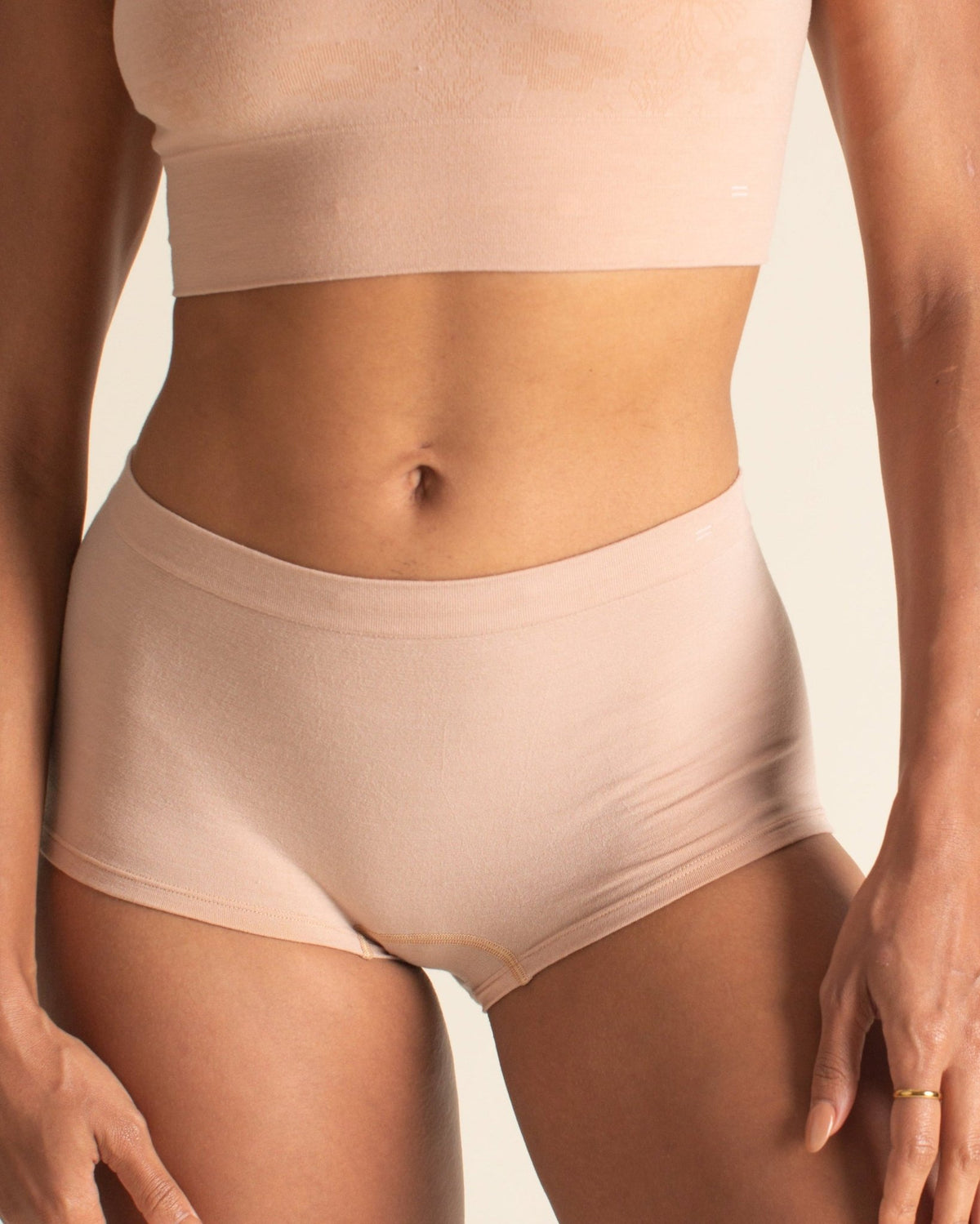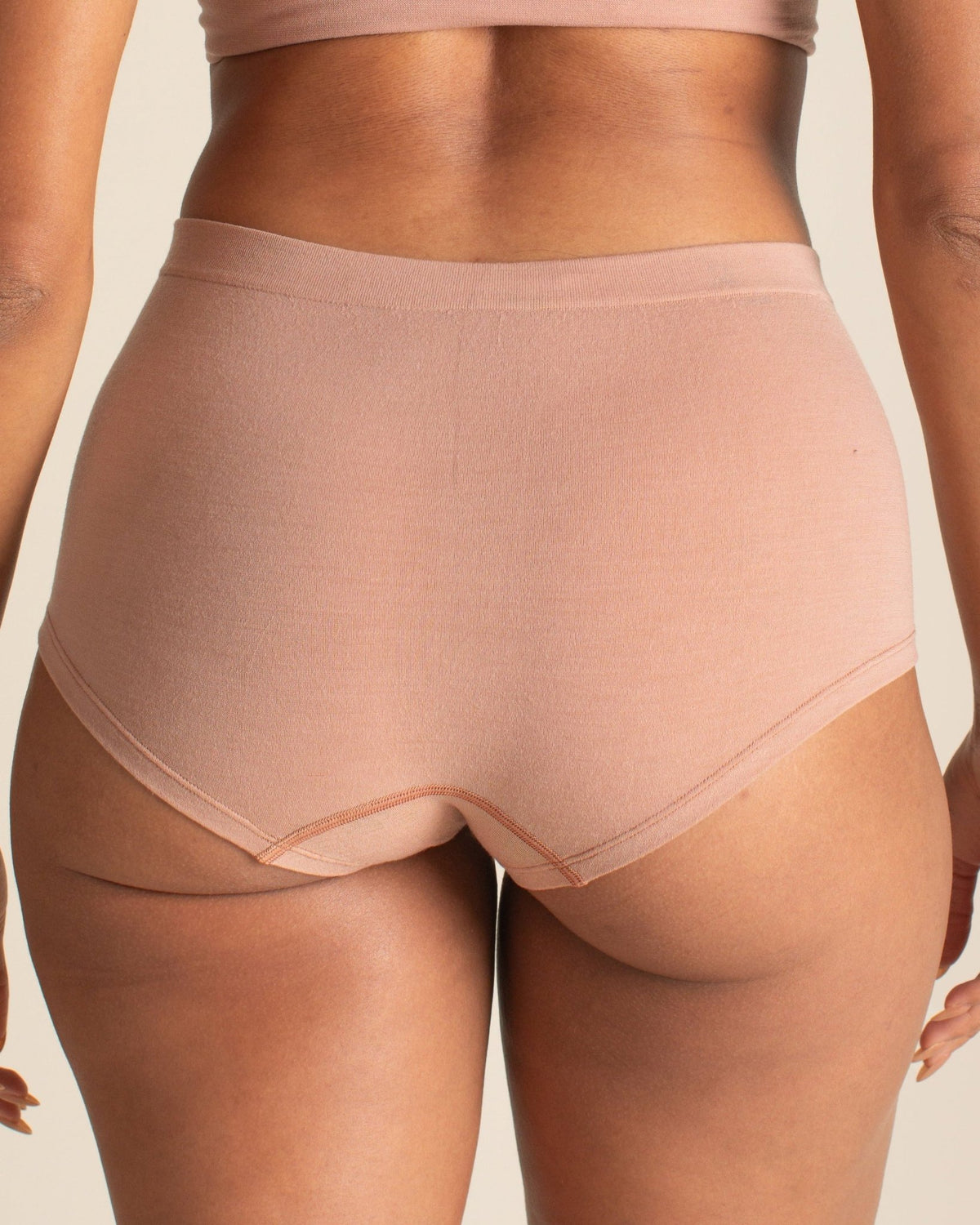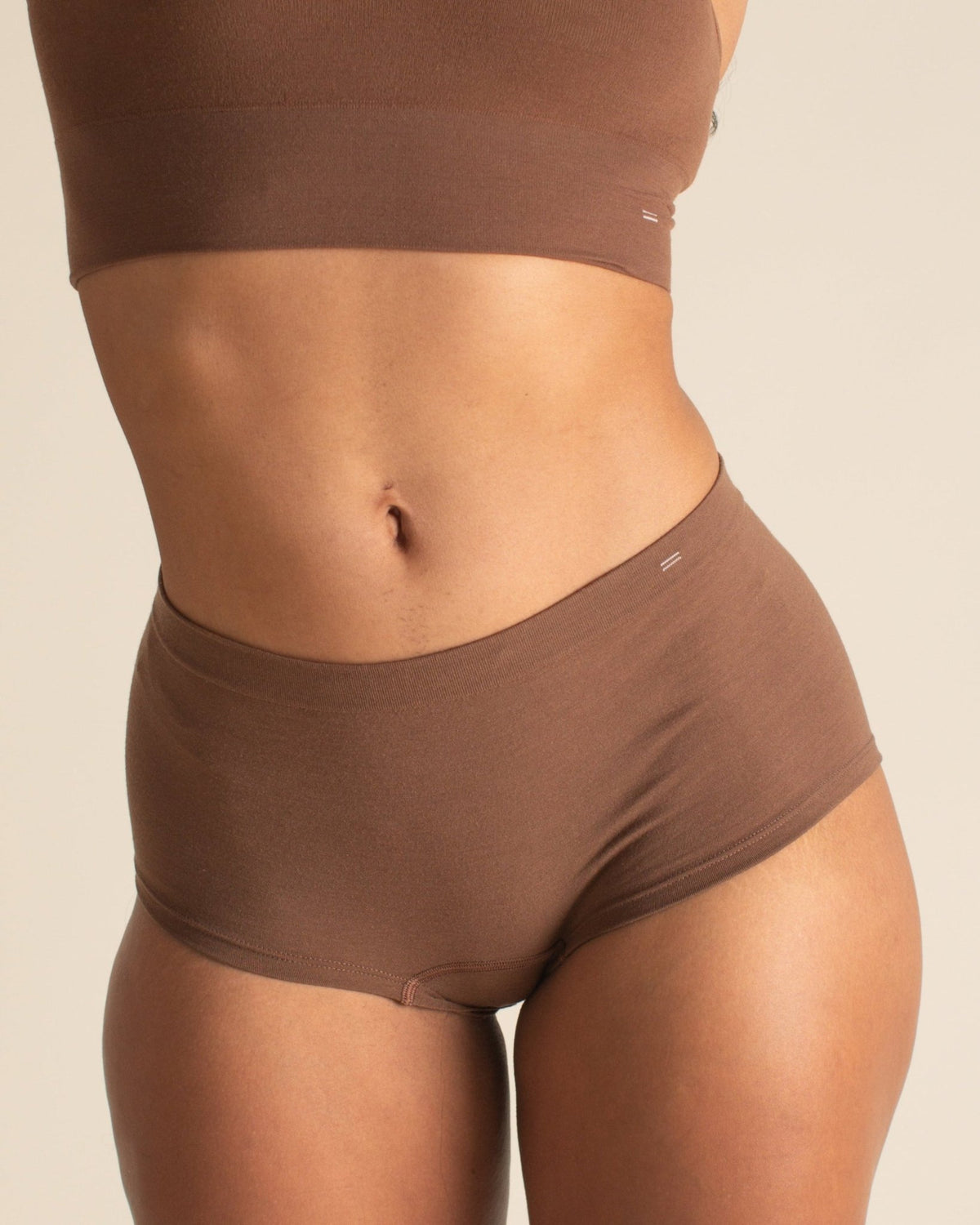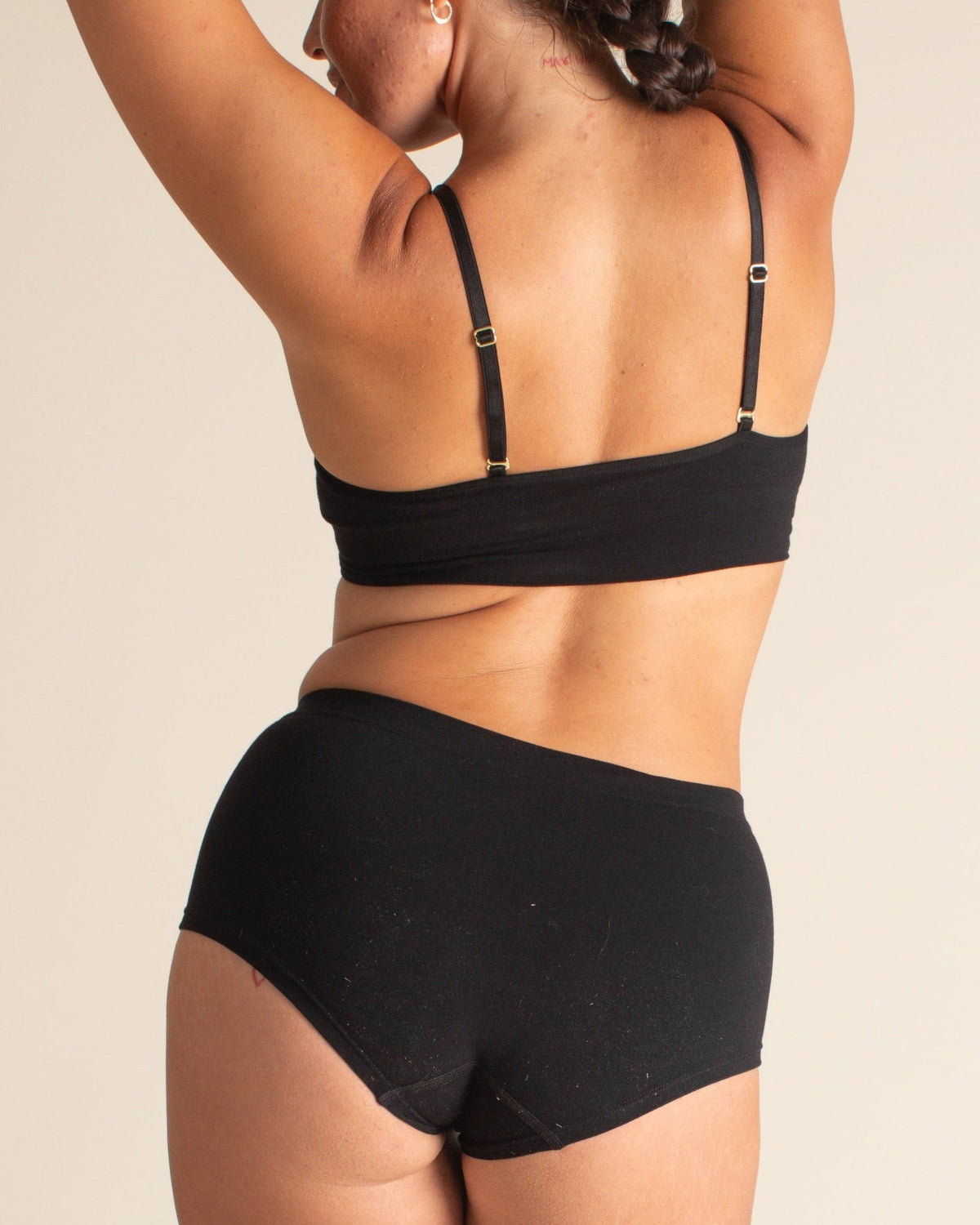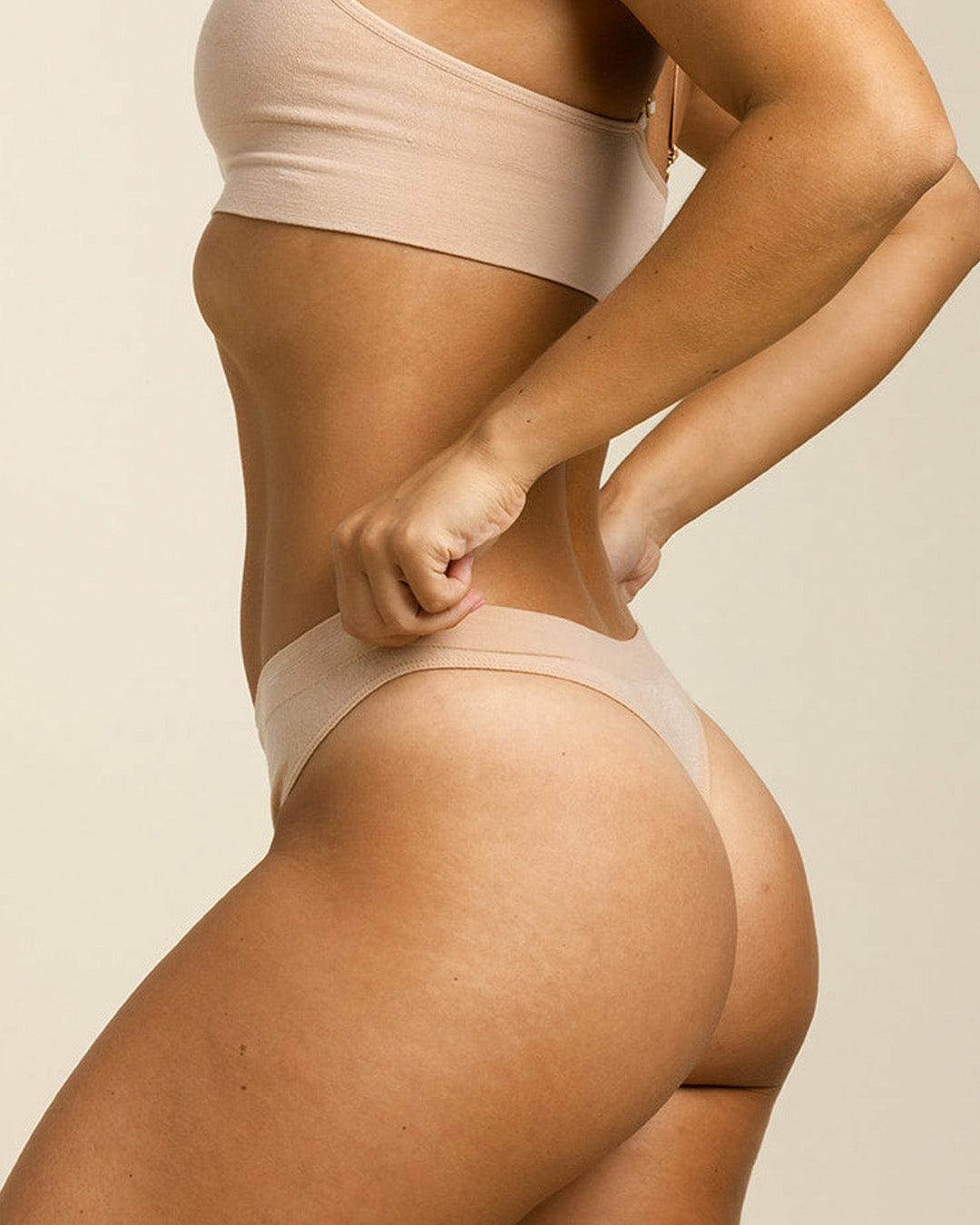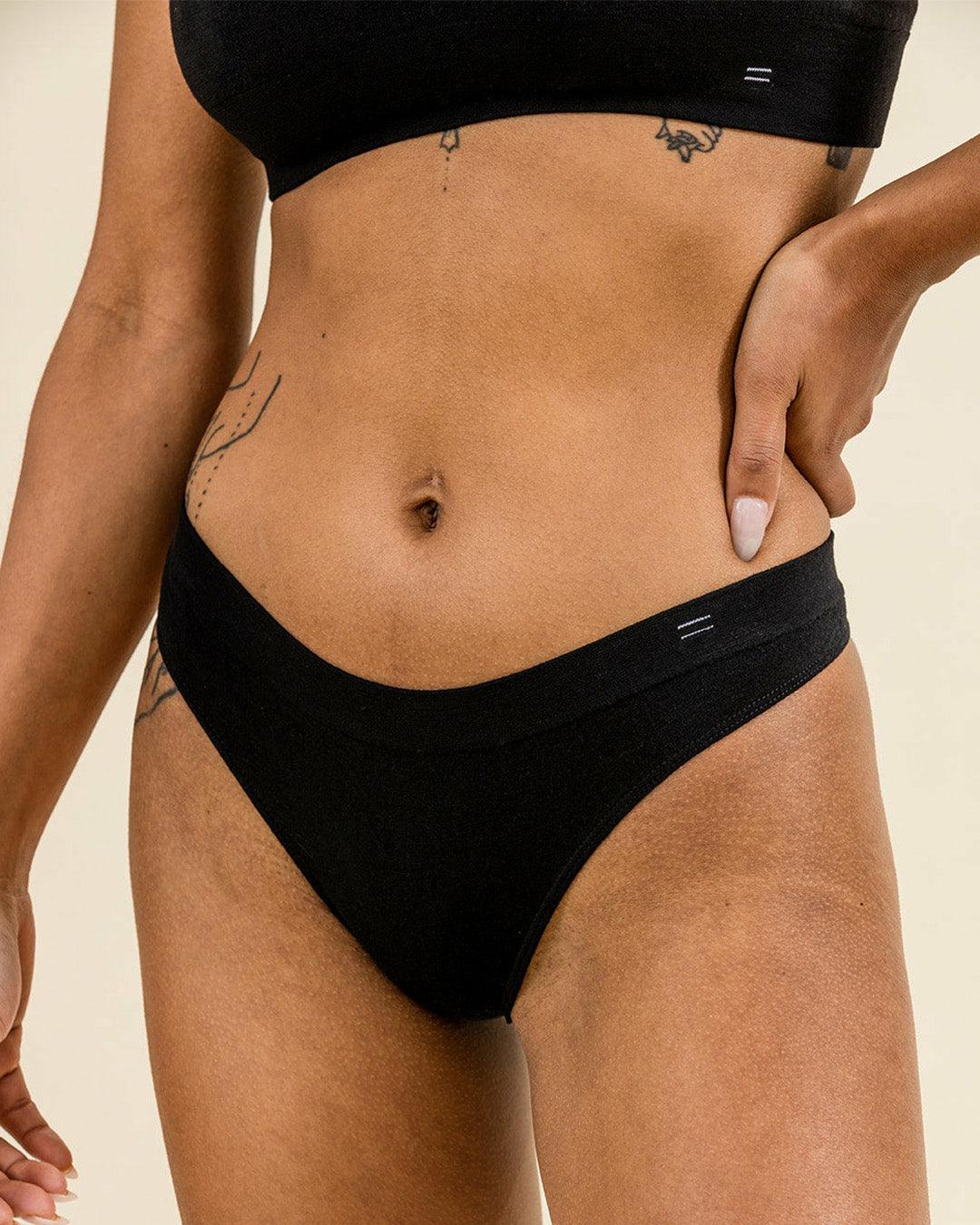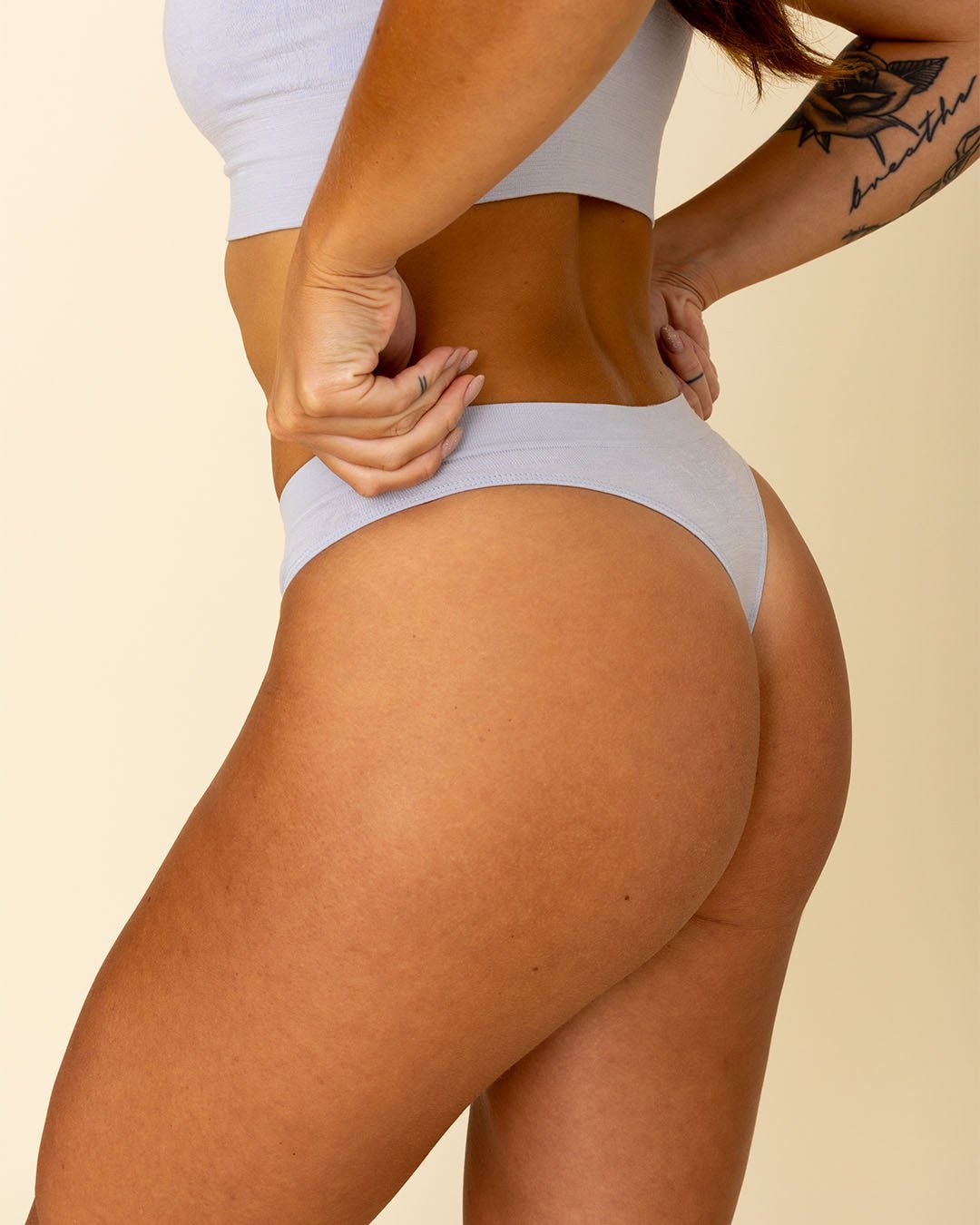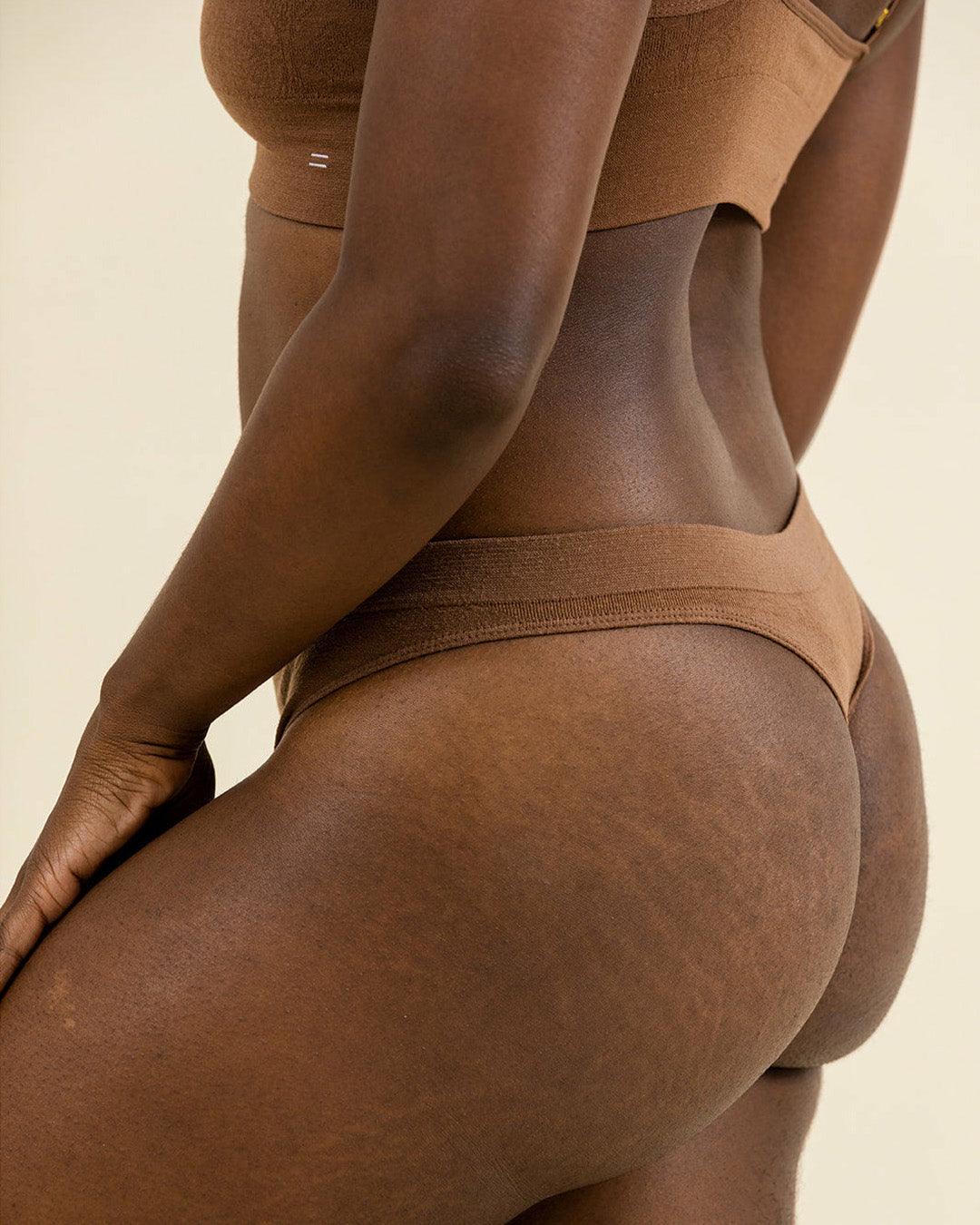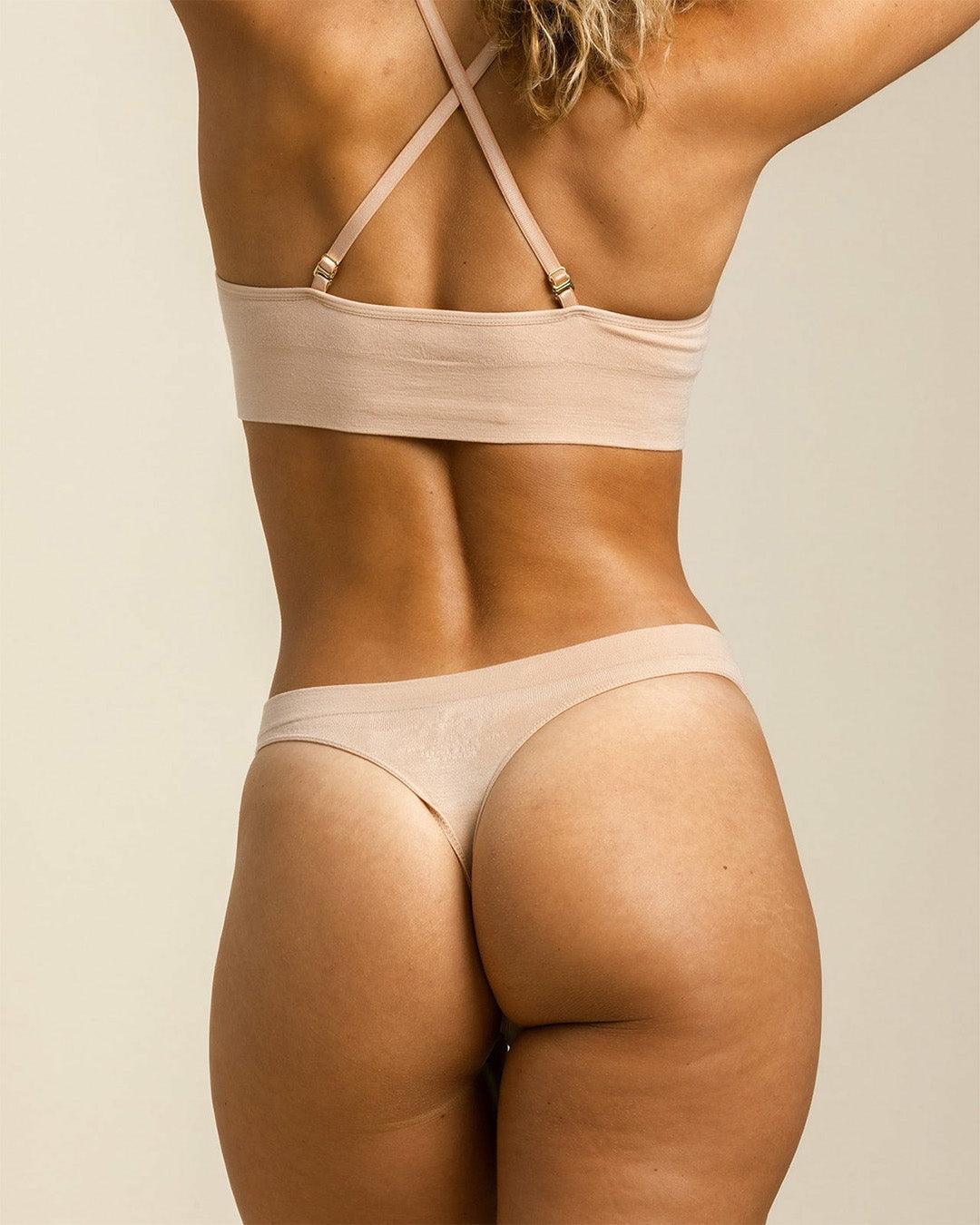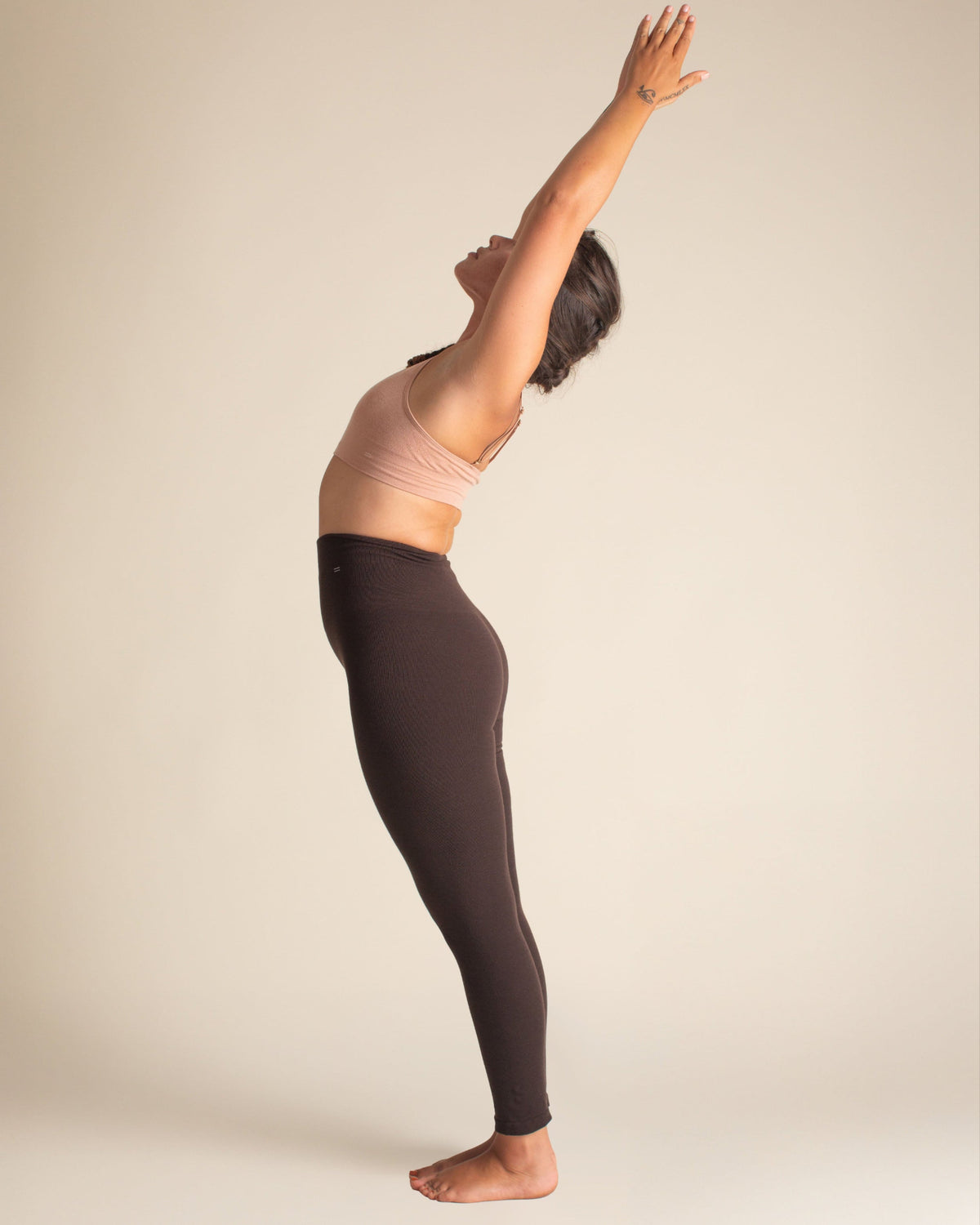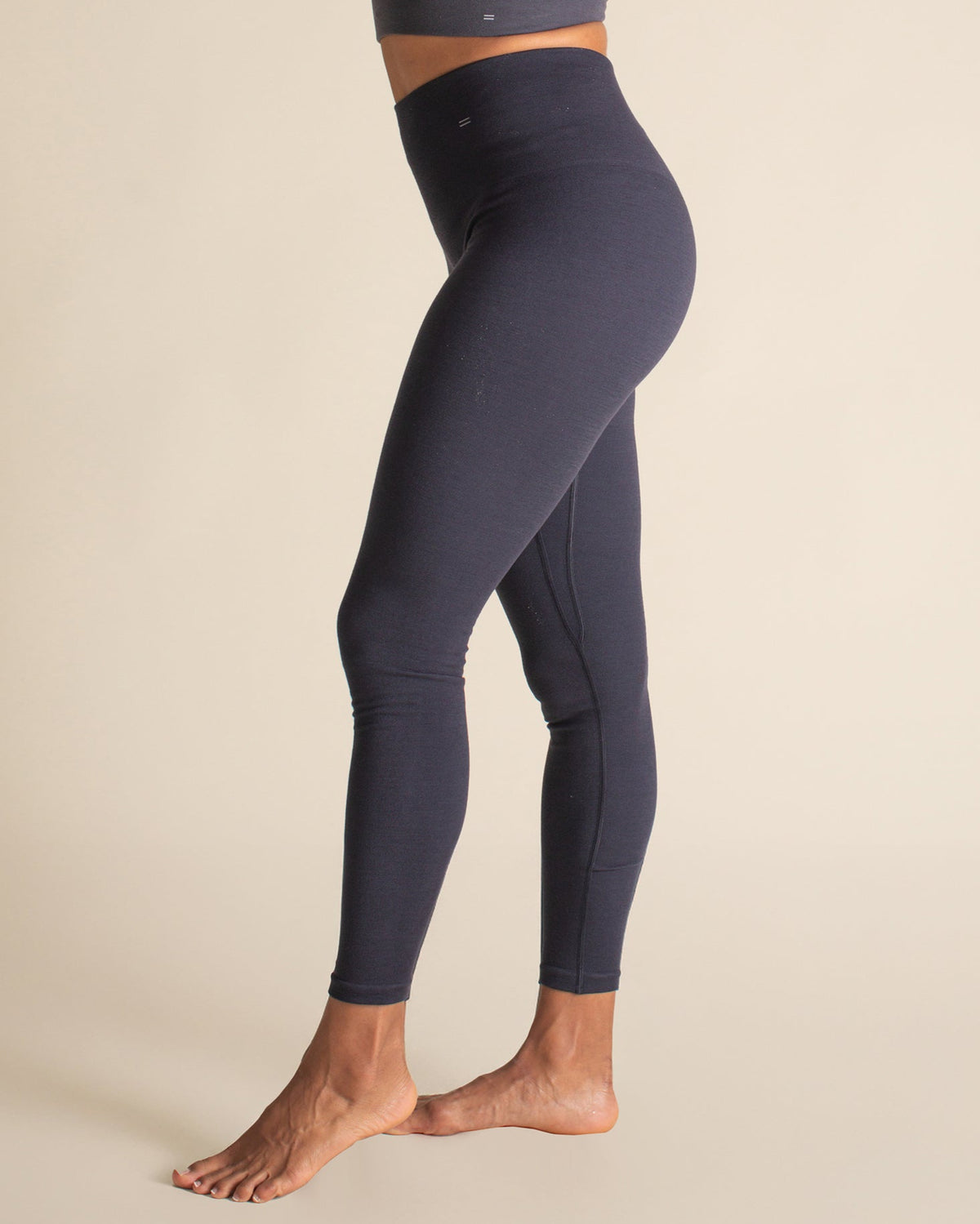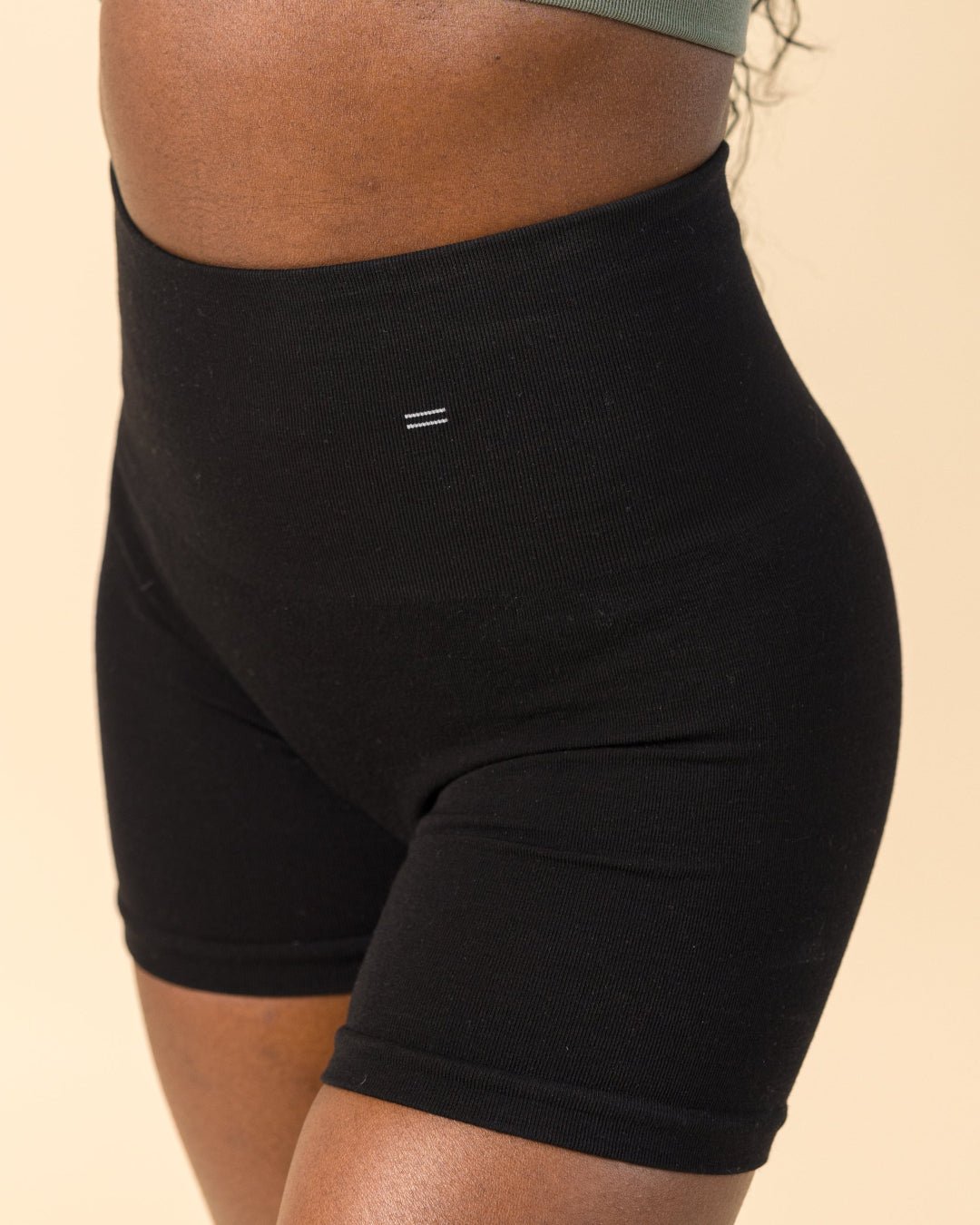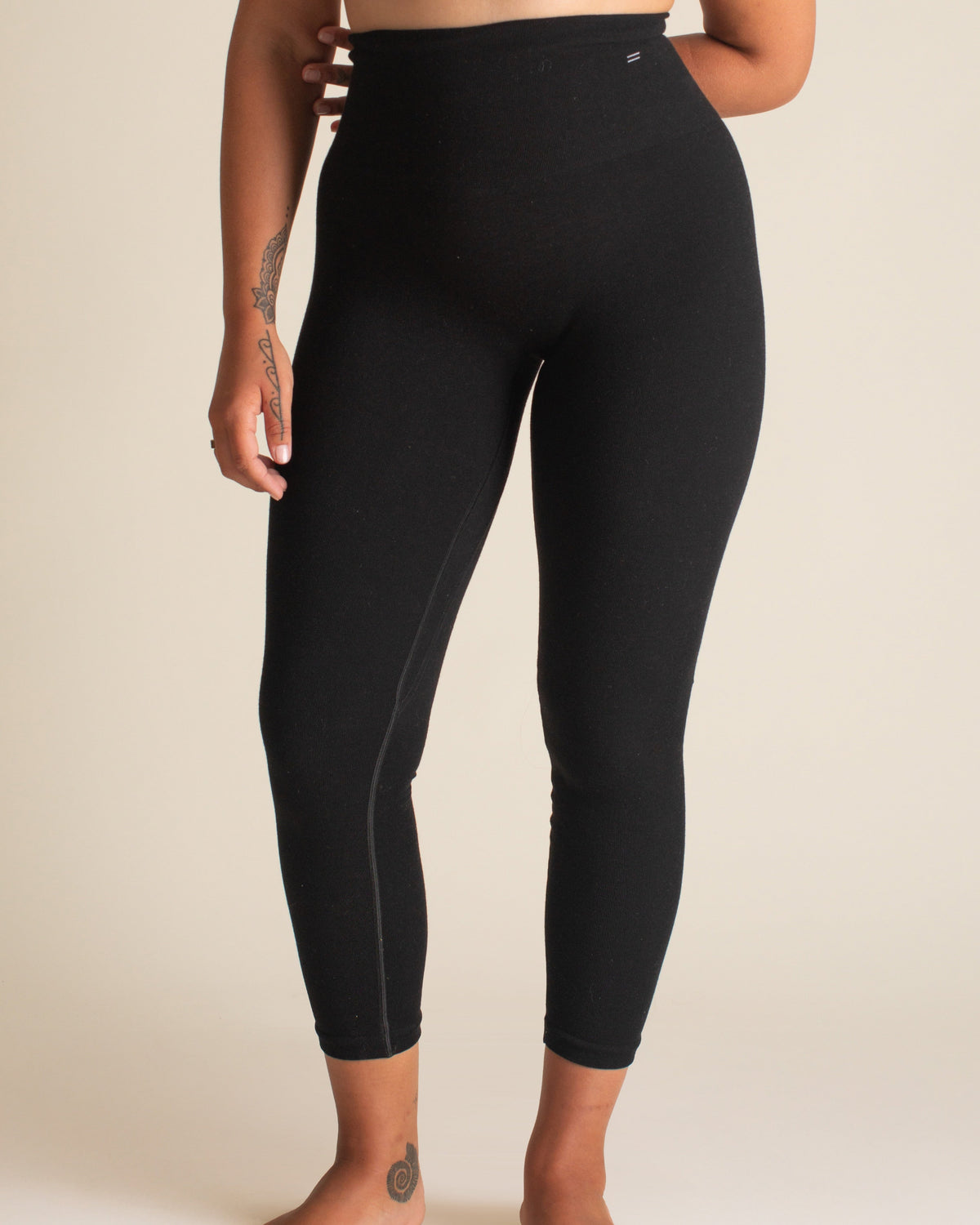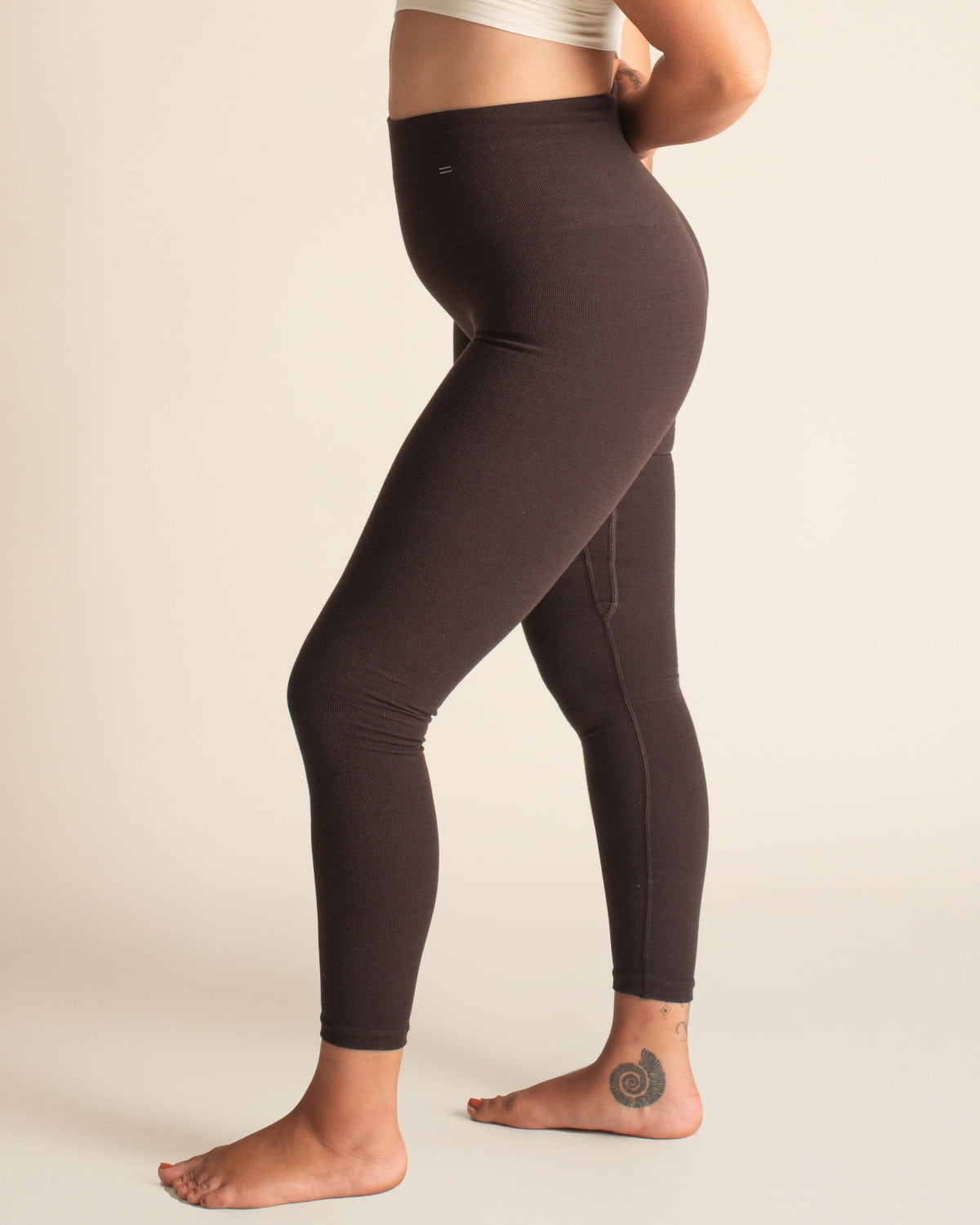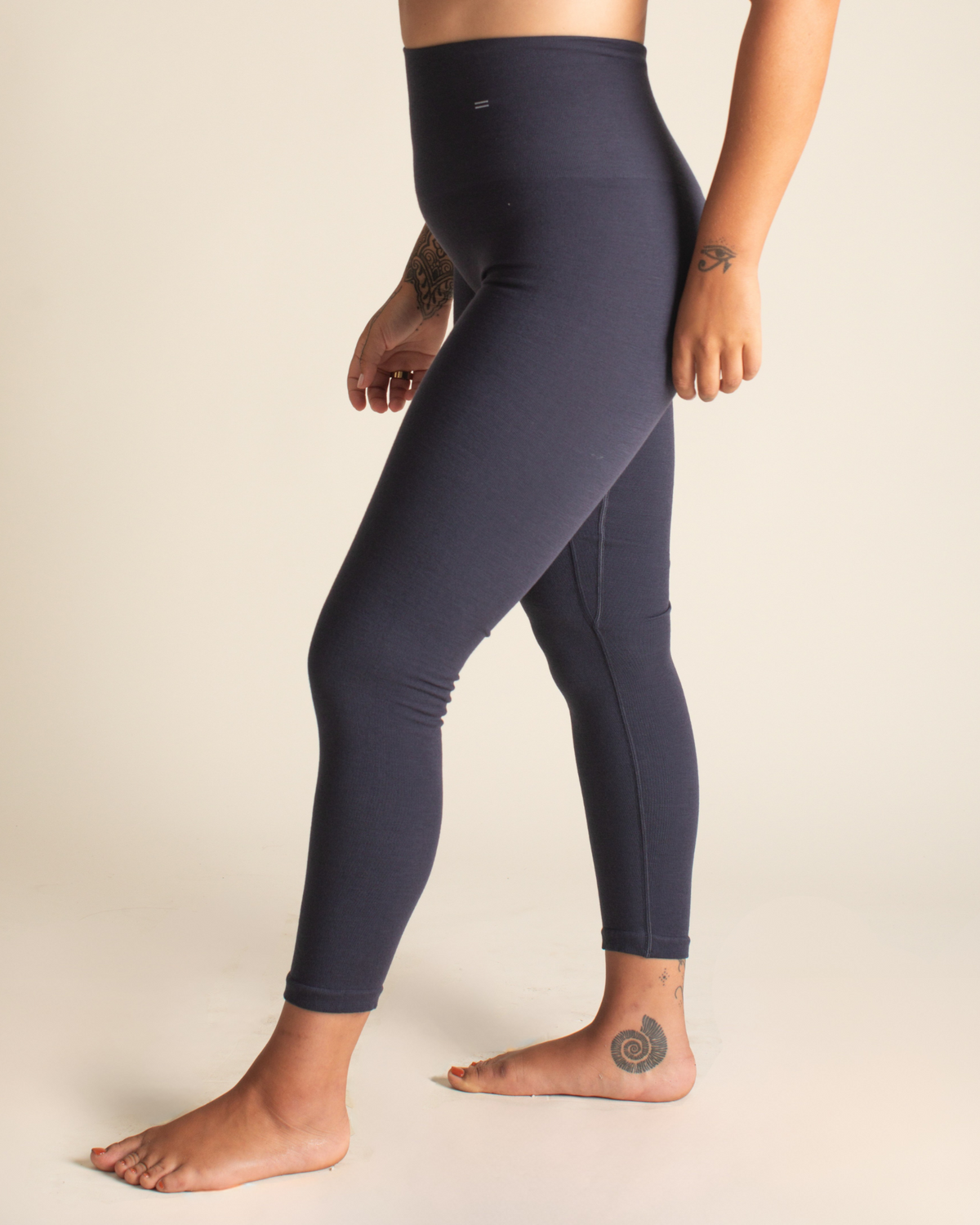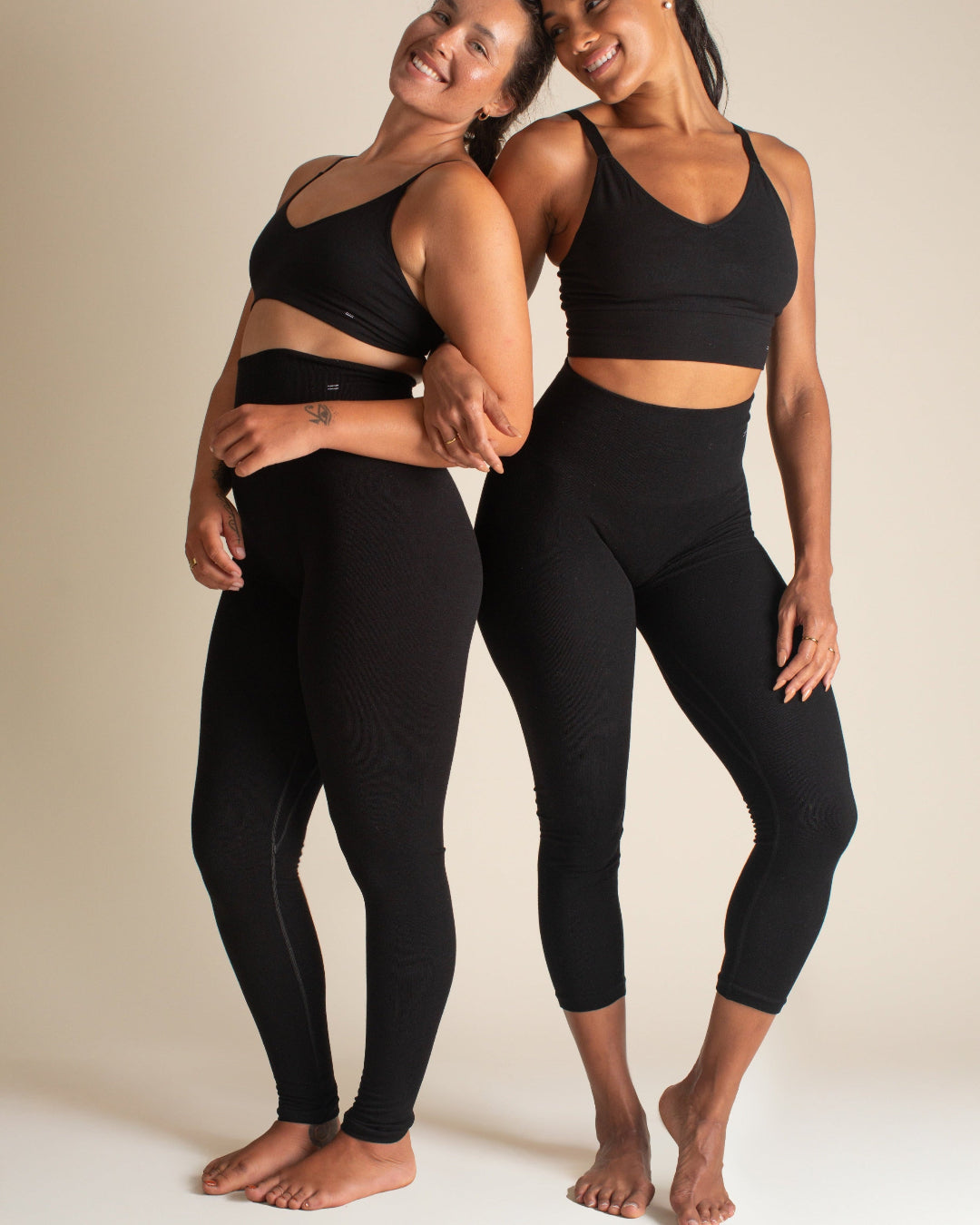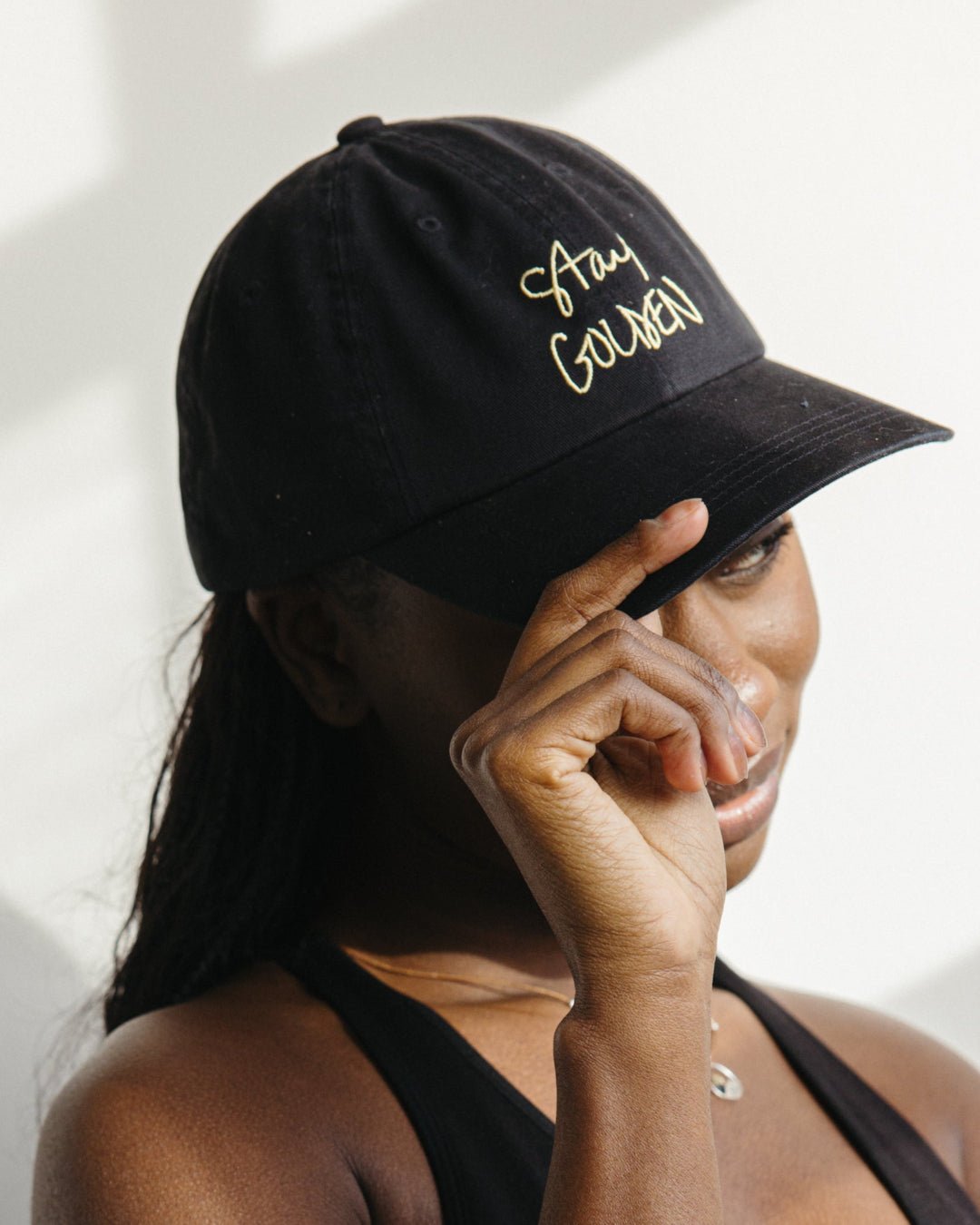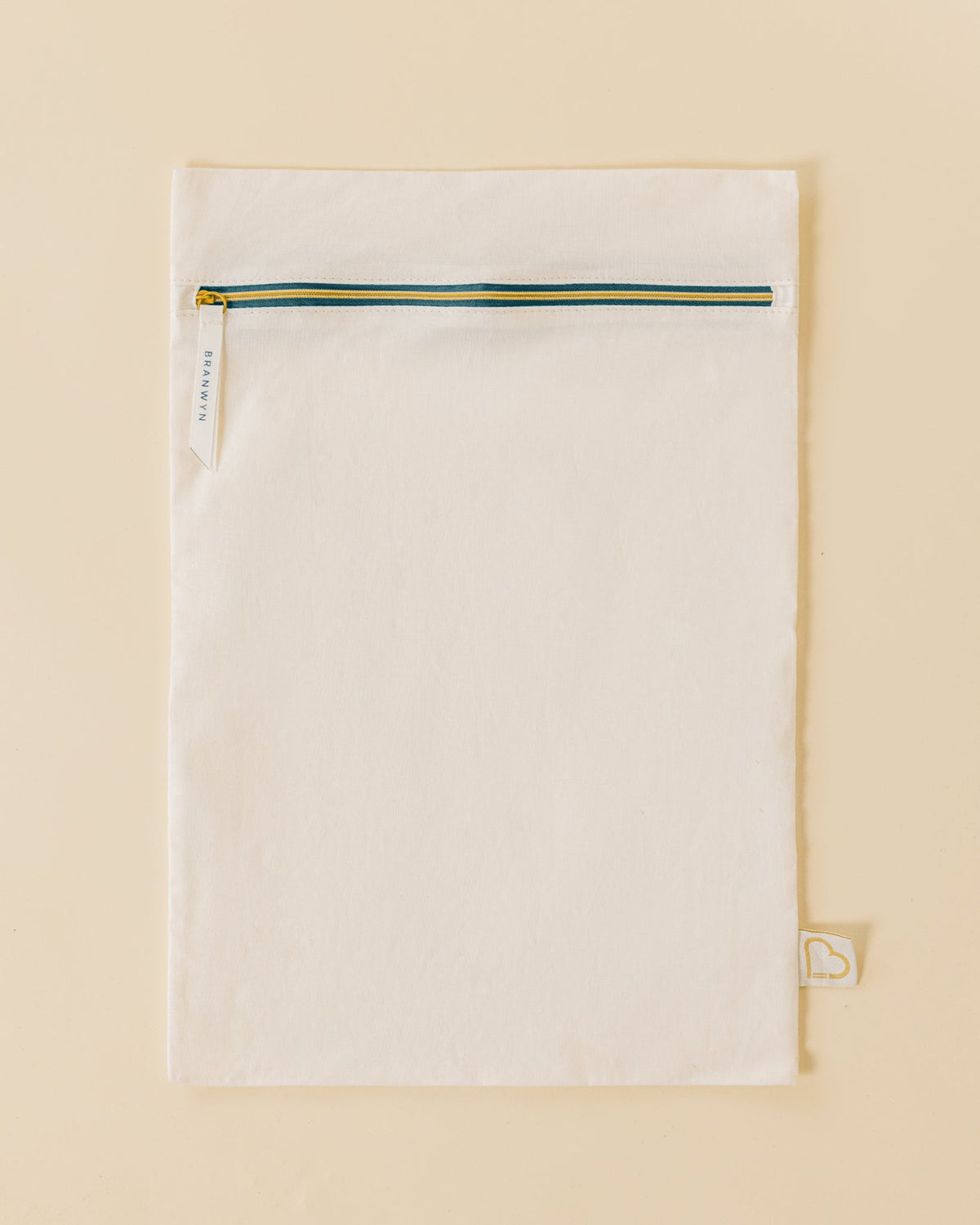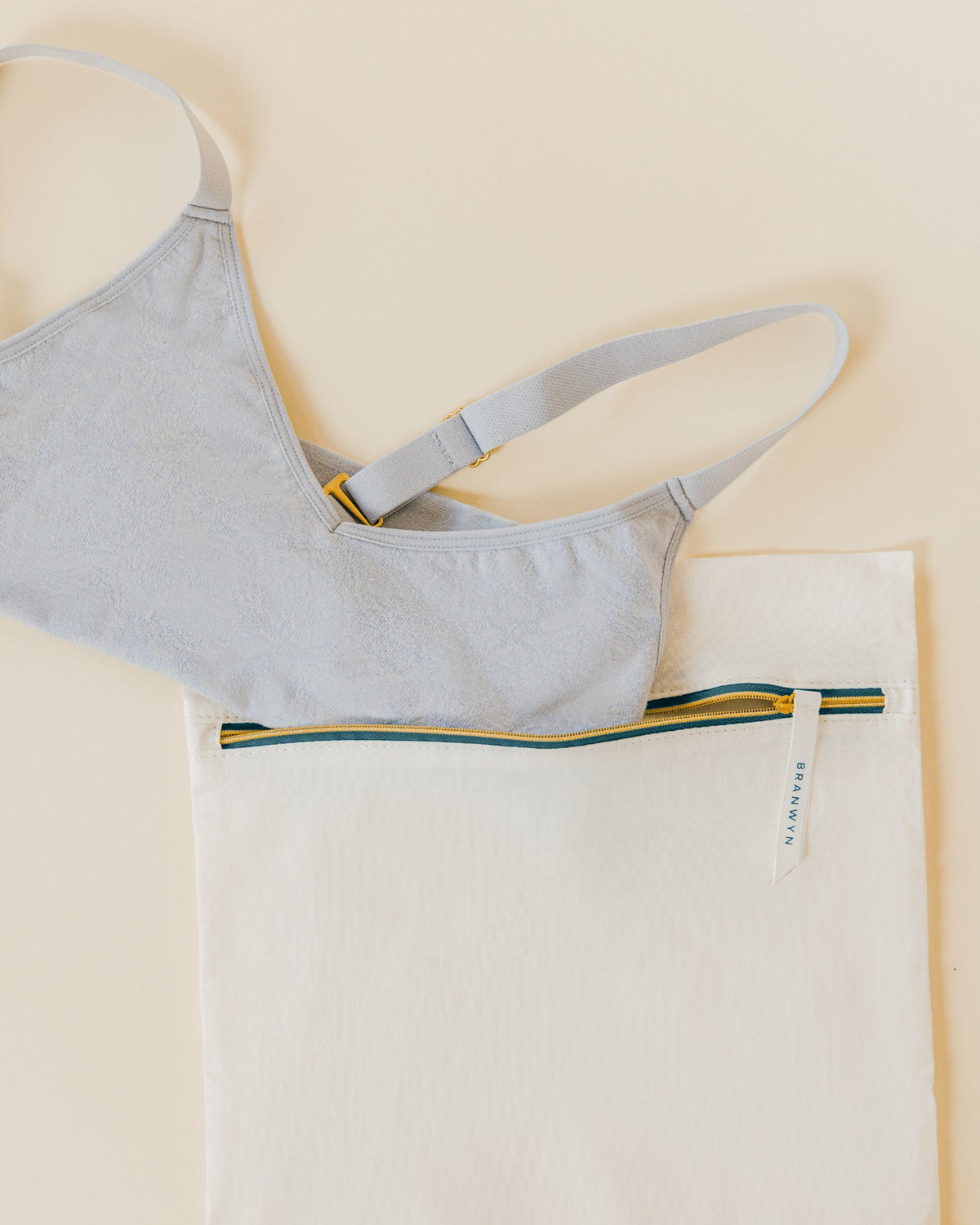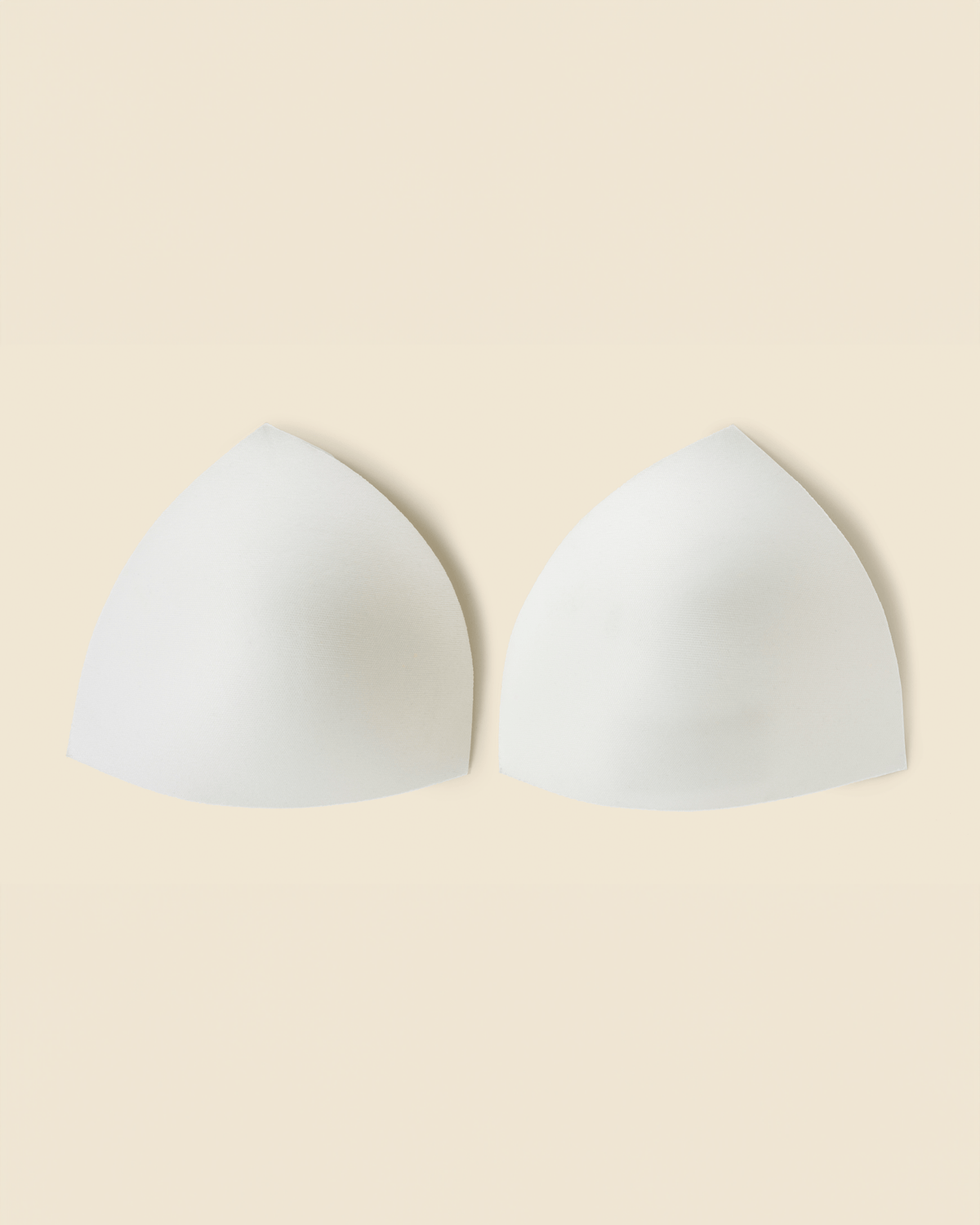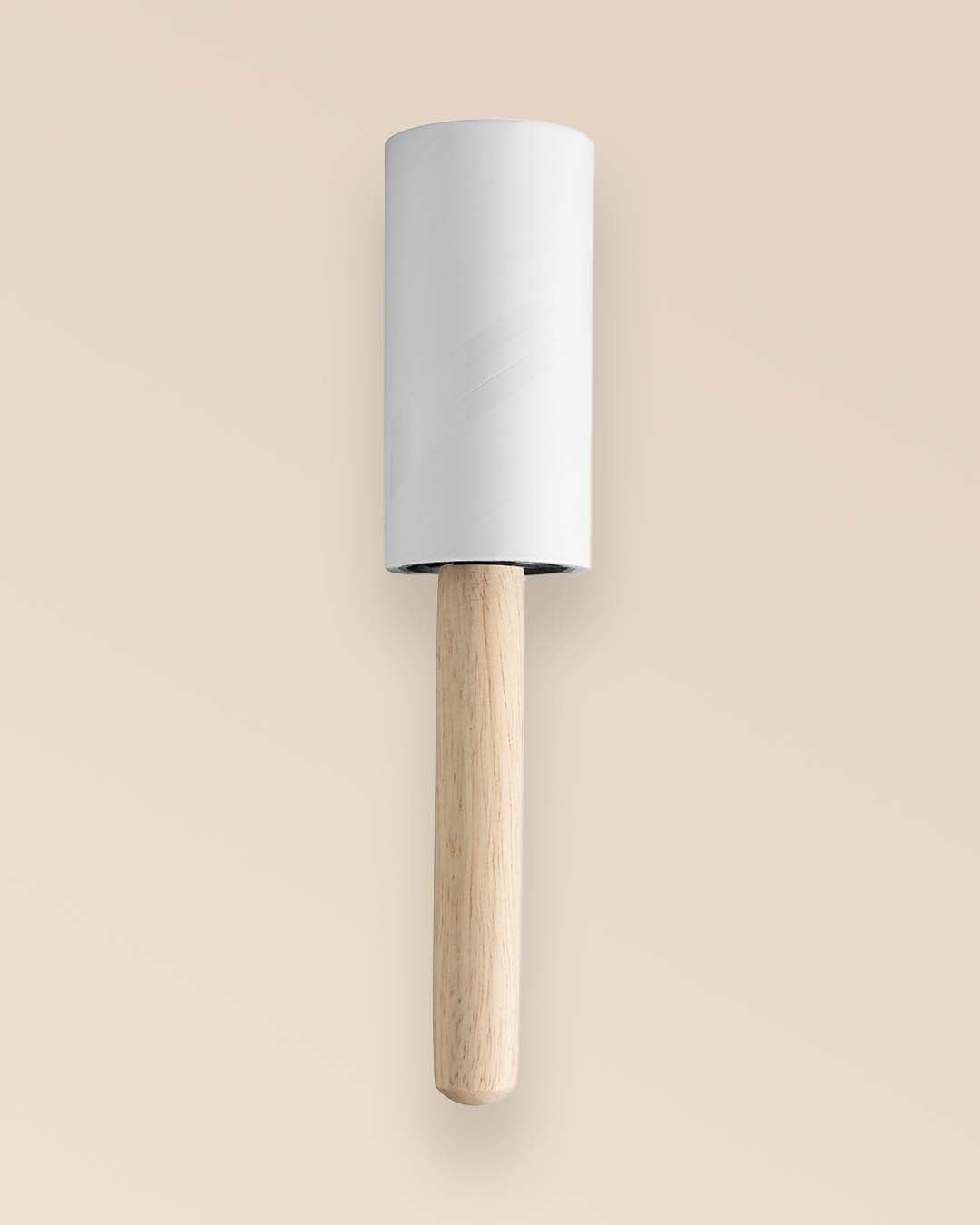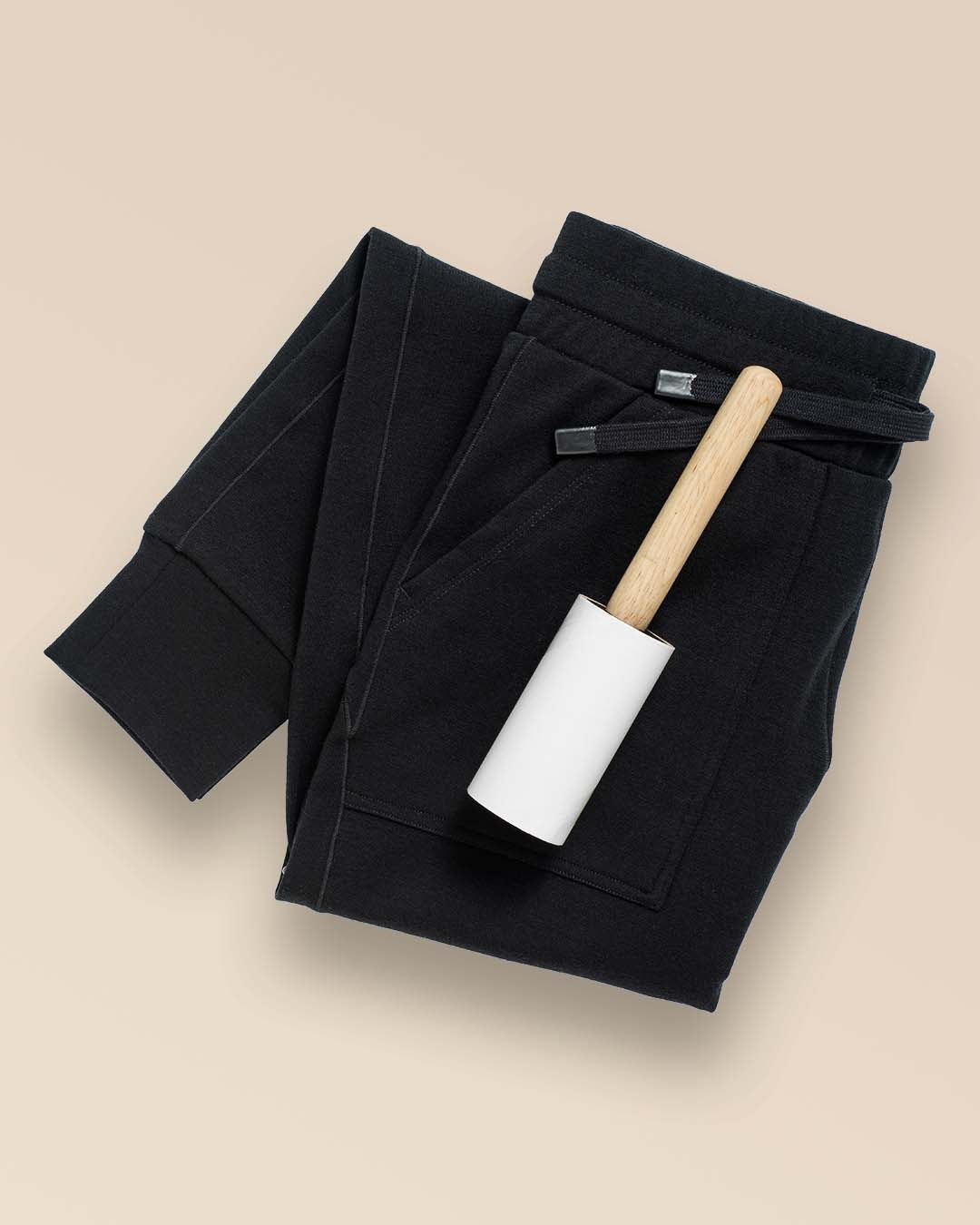Plunging into cold water is nothing new—it dates back to ancient civilizations in Egypt, Greece, and Rome and is a regular part of Scandinavian culture. [1] But cold plunges (aka ice baths) have become popular lately thanks to athletes like surfer Laird Hamilton and volleyball star Gabby Reece, “The Iceman” Wim Hof, and an episode of “The Goop Lab,” where participants learned Hof’s breathing techniques and plunged into a frigid Lake Tahoe.
Alenka Mali, a BRANWYN-Ambassador, professional snowboarder, passionate surfer, and environmentalist based in Squamish on the Canadian West Coast, has been doing ice baths for about five years. “I was in Bali and a lot of surfers there were doing cold plunges as therapy after surfing,” Mali says. “I look up to pro athletes because they’re the best at what they do and probably know what they’re doing for training and recovery.”

While ice baths have a slew of proven benefits— the most significant proof for Mali was in how cold plunges made her feel. “There’s a euphoric state,” she says. “It’s so calm, and then you feel rejuvenated when you get out.” Mali is primarily a winter athlete, and when she’s in season training, she cold plunges once or twice a day, usually in the morning and then after a day of snowboarding before a hot shower.
Mali is so dedicated to the practice she even made a cold plunge tub in her backyard. In the winter, she often has to break surface ice to get to the water (intense!), but in the summer, she finds it too wasteful to use ice to keep her tub cold enough. Instead, she swims in British Columbia’s snow-melt-fueled rivers and lakes.
If you’re curious about the advantages of cold plunging for your body and brain, below we dive into some of the science-backed benefits and some tips to help you get started.
Science-Backed Benefits of Ice Baths
1. Brings inflammation down a notch (or ten!)
Whether you’re a pro athlete, a beach stroller, or somewhere in between, you’ve probably iced an ankle—or something—at some point. And if spot-reducing inflammation is beneficial for your body, then immersing your body in ice water up to your neck must be better, right? Reducing inflammation in the body is good for your health from head to toe, and cold plunges are a great hack. [2] Tam Armstrong is a long-time massage therapist and daily hiker in Missoula, Montana, who is also an ice bather and cold shower enthusiast. “I recommend this to my clients regularly,” Armstrong says, “There is no better remedy for inflammation which is a cause of muscle ache and pain. As a person with fibromyalgia, I would have difficulty functioning without my daily chill out.”
2. Quicker bounce back
Even before cold plunges became trendy, athletes from the collegiate level to the pros have used ice baths to enhance muscle recovery. Some studies show mixed outcomes, but the consensus is that cold-water immersion helps athletes maximize recovery by shortening turnaround time as they prepare for subsequent training sessions or competitions. [3]
“I will recommend a cold plunge to my athlete clients due to its ability to boost physical recovery post-workout,” says Joe Robitaille, a registered massage therapist and certified personal trainer based in Hamilton, Ontario. “It causes vasoconstriction of the blood vessels, followed by vasodilation as you exit the tub,” Robitaille explains, “and this constriction/dilation helps pump the blood through the body more efficiently, providing the muscles more oxygen to heal themselves.”
3. Ups your physical and mental game
There’s muscle recovery—how well you bounce back after training and competing—but there’s also the consideration of performance itself. Multiple studies show positive outcomes of cold-water immersion on muscular power and endurance. [4]
In addition to the physicality of it, ice baths also help with mental training. The same “mental muscle” that keeps you in a frigid tub despite the discomfort helps you to push the pace at mile 20 of a marathon or to hold that plank position when your body is shaking from head to toe.
“There are definitely days I don’t feel like doing it,” Alenka shares, “but I also think ‘this is perfect’ because I recognize the mental training benefit.” The first thing you see on Wim Hof’s website are the words, “You are stronger than you think you are.” One of the most celebrated benefits of ice baths is the mental training and subsequent stamina that help train our minds to keep pushing and override self-doubt when doing hard things.
4. It just feels good (we swear!)
From using an ice pack on a bump, bruise or inflamed muscle or joint to immersing in cold water up to your neck, ice is one of nature’s best pain relievers. On top of how well it works, there are little to no side effects when used correctly. If topical ice is good for pain relief, it only makes sense that cold plunges would be even better, right?
We know that cold plunges reduce inflammation—which helps with pain—but cold plunges also alter our pain perception [5]. “Cold plunges help reduce underlying swelling in tissues and help reduce the soreness,” says Jen Dreisch, a Maui-based board-certified holistic nutritionist and a lifelong skier, sailor, and long-distance runner who knows a thing about both acute and chronic pain. “For added benefit, you can alternate a cold plunge along with heat (sauna or hot tub) because going back and forth moves the blood faster for even more relief from the pain and inflammation, bringing in more oxygen to sore and painful muscles and soft tissues,” Dreisch says.
5. Shifts perspective
When you think of a relaxing bath, it’s usually a hot bubble bath scented with lavender that comes to mind. But as the saying goes, “If you know, you know.”
“It’s meditative,” Mali says, “I love taking this quiet moment at the end of the day.” The science of this boost in mood and mental well-being lies in the feel-good chemical dopamine. “Dopamine is a powerful molecule capable of elevating mood, enhancing focus, attention, goal-directed behavior, etc.,” says Andrew Huberman, Ph.D., a neuroscientist and tenured professor in the department of neurobiology and by courtesy, psychiatry and behavioral sciences at Stanford School of Medicine. “Even short bouts of cold exposure can cause a lasting increase in dopamine and sustained elevation of mood, energy, and focus.” [6]
“I absolutely believe it is a cure for disordered thinking of any kind,” Armstrong says, “Nothing puts things in perspective like the deep breathing and survival response brought on by a cold plunge!”

How to Do Your First Cold Plunge
If you’re now convinced of the benefits of cold plunges, but still wondering where to do it, when to do it, how long to do it, and how to prepare yourself mentally, here are some tips.
Start small
Before submerging up to your neck in an ice bath, you can get used to cold water in the shower. At first, try reducing the hot water and exposing your arms and legs to the cold water as you gradually expand to your neck, back and torso. When ready for a full-on ice bath, you can get yourself to cold natural water if it’s available. If not, search in your area for a gym or clinic that offers it. You can also fill your bathtub with cold water (and added ice if you wish) or get a stock tank for your backyard.
A lot of people want to know how cold? “The key is to aim for a temperature that evokes the thought, ‘This is really cold (!), and I want to get out, BUT I can safely stay in,’” Huberman says. “For some people, that temperature might be 60°F, whereas for others, 45°F.” Also, colder water requires a shorter duration of time to get benefits, and like exercise you can work up to colder temps for more time. [7]
Mali recommends starting with a short duration of time—maybe 45 seconds to start—and says that even though she’s experienced with ice baths, she doesn’t pay attention to how long she stays in the water and chooses to listen to her body instead of a clock. “Ten seconds is better than nothing,” she says.
Do it with friends
Starting your ice bath journey with friends will make it easier. The best way to do something you’ve never done is to surround yourself with people already doing it. The only thing Mali warns about when doing cold plunges in a group is not to compare yourself to others. “You’re not better or tougher if you can stay in the water longer.” Mali says, “You’re gonna feel the benefits either way.”
Pay attention to your breath
Focusing on your breath is the best way to stay present and help you ease into the cold water. “The hardest part is catching your breath at the beginning,” Robitaille points out, “but that feeling of focusing on your breath for a few minutes helps me feel like I can breathe better throughout the day.”
Dress—or undress—appropriately
Mali says cold plunging is best done naked if you’re in a private place, but the next best thing is Merino underwear. Merino is natural and dries super quickly. While it can’t actually keep you warm (nothing will in a cold plunge!) it moves moisture away from the skin so you’ll feel as comfortable as possible both when submerged and as you get out.
The benefits of ice baths on athletic and mental performance are compelling, and we hope you feel inspired to give it a shot if it feels right for you. That said, some of us are wired more for hot springs than cold plunges, and while we encourage you to push yourself to try new things, it’s also critical to know your body’s limits. If you have a heart condition or any other health concerns, do a pre-dunk check with your doctor before diving in.
Hot, cold, or just right, we hope your adventures—in water and on land—leave you feeling like your most bold, powerful, fearless self. May you be in awe of your body’s resilience, of the earth’s abundance and of your strong, badass ability to thrive no matter the temperature.
FOOTNOTES:
- International Journal of Environmental Research and Public Health, Cold Water Swimming—Benefits and Risks: A Narrative Review
- European Journal of Applied Physiology, Cold for centuries: a brief history of cryotherapies to improve health, injury and post-exercise recovery
- Sports Medicine, Impact of Cold-Water Immersion Compared with Passive Recovery Following a Single Bout of Strenuous Exercise on Athletic Performance in Physically Active Participants: A Systematic Review with Meta-analysis and Meta-regression
- Sports Medicine, “Impact of Cold-Water Immersion Compared with Passive Recovery Following a Single Bout of Strenuous Exercise on Athletic Performance in Physically Active Participants: A Systematic Review with Meta-analysis and Meta-regression”
- Pain and Therapy, Use of Cryotherapy for Managing Chronic Pain: An Evidence-Based Narrative
- Huberman Lab, “The Science & Use of Cold Exposure for Health & Performance”
- Huberman Lab, “The Science & Use of Cold Exposure for Health & Performance”
SOURCES:
- Alenka Mali, a professional snowboarder, passionate surfer, and environmentalist from Squamish, British Columbia
- Tam Armstrong, a Missoula, Montana massage therapist and daily hiker who is also an ice bather or cold shower enthusiast
- Joe Robitaille, a Registered Massage Therapist and Certified Personal Trainer based in Hamilton, Ontario.
- Jen Dreisch, holistic nutritionist, Jewel Wellness on Maui
- Huberman Lab, “The Science & Use of Cold Exposure for Health & Performance”







